CALIFORNIA









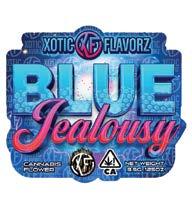





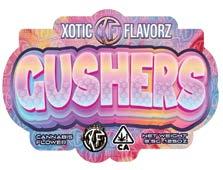
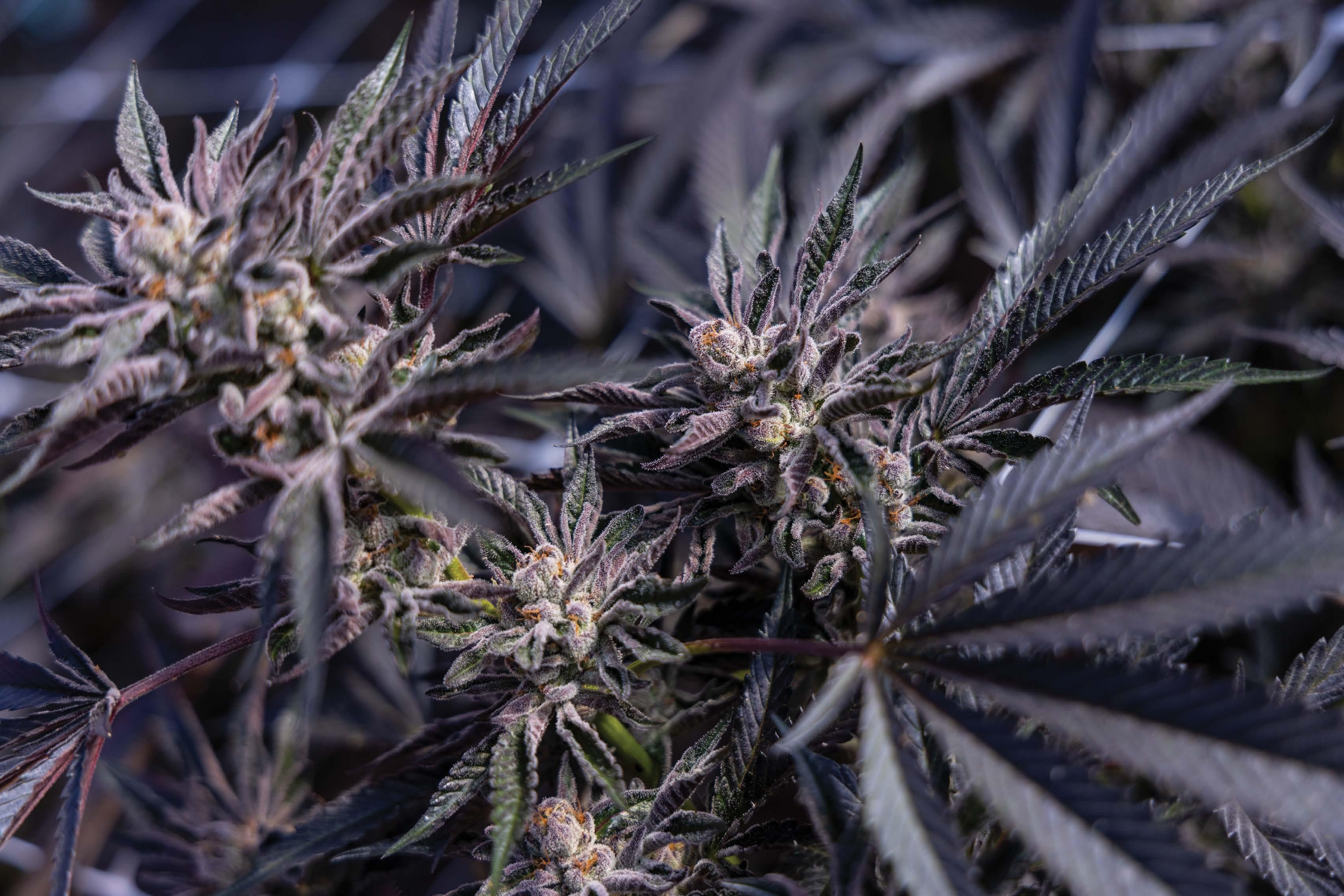










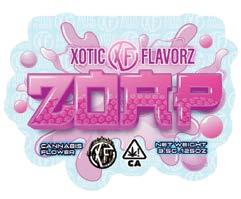


















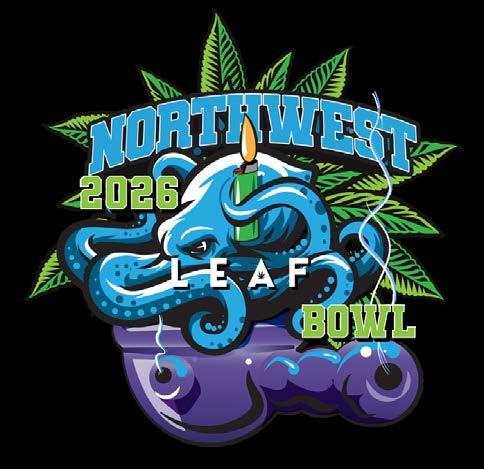




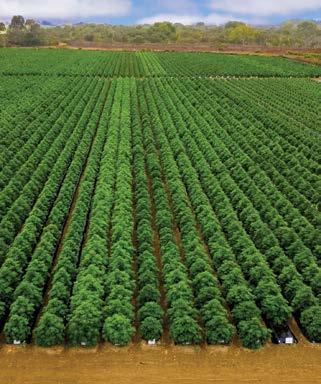

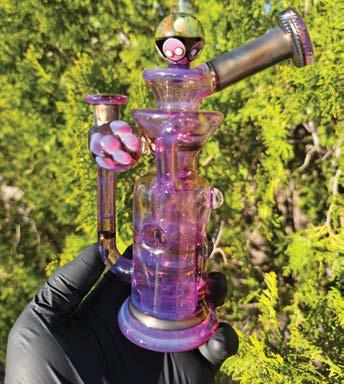

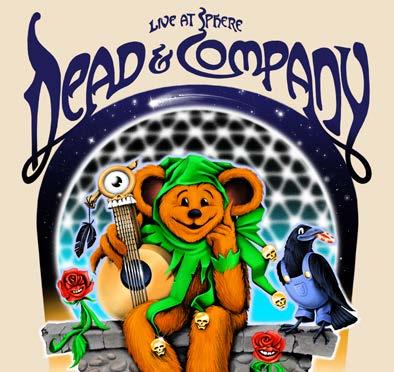


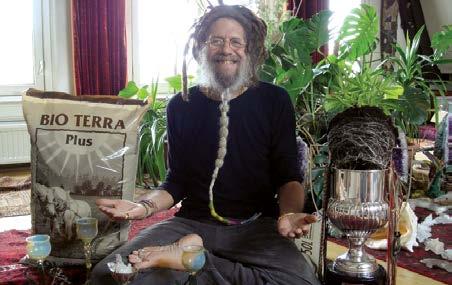

CULTIVATED by CALIFORNIA LEAF STAFF @CALIFORNIALEAFMAG

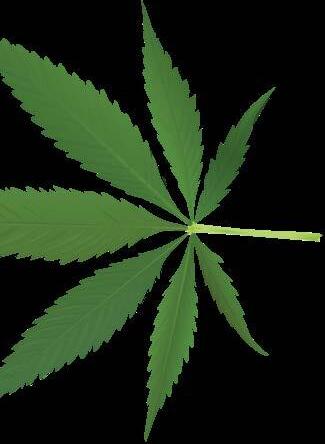
THE TEAM
DAVE CROCKETT
FOUNDER AND BREEDER
KRISTI CROCKETT
CO-OWNER, OPERATIONS AND COMMUNITY RELATIONS
CROCQUITO (CROCKETT JR.)
CO-OWNER AND BREEDER
(ALSO CO-OWNS RANCHERA FAMILIA, A 3-ACRE BOUTIQUE CBD FARM IN CALIFORNIA’S CENTRAL VALLEY WITH HIS WIFE, SUE SURABIAN)
SUE SURABIAN (SUE CARLTON)
DIRECTOR OF MARKETING AND CULTIVATOR
The Crocketts employ local and migrant field workers during peak seasons, and invest in and support migrant farmworkers through “fair pay, safe working conditions and equitable treatment,” which the family says are integral to the farm’s mission and heritage.
Founded in 2009 by Dave Crockett, a third-generation grower from the Sierra Nevada area. Crockett Family Farms quickly became known around the world for its signature Tangie genetics.
The farm focused heavily on Orange Glaze — a Tangie-dominant, early-finishing, droughttolerant cultivar selected for its dense bud structure, processing efficiency and citrus terpene profile.
FARM SIZE: 100 ACRES
HARVEST SIZE: ~300,000 POUNDS
KNOWN FOR: CROCKETT FAMILY FARMS IS KNOWN FOR DEVELOPING THE FAMED TANGIE, STRAWBERRY BANANA, CLEMENTINE, 24K, STRAWBERRY FIELDS AND CITRUS SAP CULTIVARS.
CROCKETTFAMILYFARMS.COM RANCHERAFAMILIA.COM
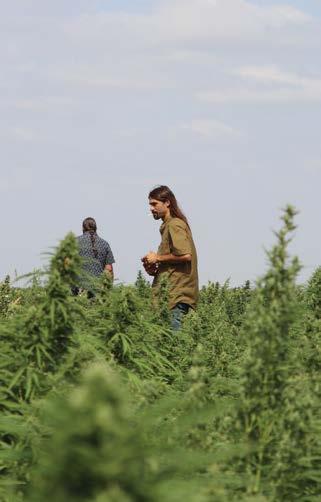


and drought-resistant cultivars well suited to Central Valley’s unique growing conditions.

WES ABNEY CEO & FOUNDER
wes@leafmagazines.com
MIKE RICKER OPERATING PARTNER ricker@leafmagazines.com | advertising opportunities
TOM BOWERS CHIEF OPERATING OFFICER tom@leafmagazines.com
DANIEL BERMAN CHIEF CREATIVE OFFICER daniel@leafmagazines.com
BOBBY BLACK LEAF BOWL DIRECTOR & HISTORIAN bobbyblack@leafmagazines.com
MATT JACKSON CA CONTENT DIRECTOR + SOCIAL mattjackson@leafmagazines.com
MICHELLE NARANJO COPY EDITOR michelle@leafmagazines.com
We


California Leaf is proud to present our annual celebration of the art of sun-grown Cannabis by some of the state’s finest cultivators. Landing on the cover this month was a stunning aerial image of Mattole Valley Sungrown’s property, located in Humboldt County. The Leaf’s Tom Bowers interviewed the farm’s dedicated team about pheno hunting their newest strains and what’s behind their relentless drive for innovation, harvest after harvest. Be sure to visit our website to see even more behindthe-scenes harvest imagery!
PHOTO BY BEN NEFF @BNEFF420
DANIEL BERMAN, DESIGN
RYAN JOHNSON BITAR, PHOTOS
BOBBY BLACK, DESIGN + FEATURES
TOM BOWERS, FEATURES
NEIL BRAYBROOK, PHOTOS
JACKIE BRYANT, EDITING + FEATURES
JIMI DEVINE, REVIEWS
DAVID DOWNS, FEATURES
REX HILSINGER, FEATURES + PHOTOS
ELLEN HOLLAND, FEATURES
MATT JACKSON, FEATURES
TERPODACTYL MEDIA, FEATURES + PHOTOS
JOSH MONTHEI, PHOTOS
BENJAMIN NEFF, PHOTOS
MIKE RICKER, PHOTOS + PRODUCTION
CHRIS ROMAINE, PHOTOS
MARC ROSSMAN, PHOTOS
KEENAN SHUR, ILLUSTRATION
JOJO VALENTE, PHOTOS
NATE WILLIAMS, PHOTOS


Harvest is a season of bounty, a reward for a long spring and summer of faith, work and long days.
Today, we’re used to hitting the grocery store and seeing bananas, apples and oranges year-round, but that’s not how life was only a few generations ago. Humans lived seasonally for hundreds of thousands of years, ebbing and flowing with nature, and enjoying the bounty provided depending on the time of year.
While our food is available 24/7, thanks to a global supply chain, those of us old enough to have bought weed illegally remember the flow of fire around November and the late-summer drought, as all of last year’s weed was gone. Today’s stoners know nothing of the shortages or a dealer being out of weed. Neighborhood dispensaries are open seven days a week and bursting with amazing ways to get high, delivering medicinal and recreational relief on demand.
“TODAY’S STONERS KNOW NOTHING OF THE SHORTAGES OR A DEALER BEING OUT OF WEED.”
The reason we have vapes, edibles, concentrates and topicals galore — along with delicious, terpy sun-kissed flowers — is hardworking farmers whose hands are in the dirt for nine months a year. Our industry runs on sun-grown Cannabis, whether it’s light deps, greenhouse or full-term flower. From native soil to raised beds of living soil, or a broad field full of autoflowering phenos that slap, there’s a farmer in the sun, rain and mud to thank for your next hit.
That’s why our Harvest Issue has been running since 2011. We at the Leaf recognize and celebrate the farm, where our roots begin and end, with people who work hard, smoke hard and have grown Cannabis since the medical-only and prelegal days and for generations. The knowledge, passion and cost of isolation are all part of a culture and legacy that means so much more than a price per pound.
We must thank and protect our outdoor farmers who serve the entire Cannabis ecosystem. They keep the machines of industry flowing and fill more shelves directly and indirectly than any other segment of the market. They’re responsible for the sweet honey of THC in the same way God is a provider of our abundance, the plant and our natural world. Cannabis is a gift that keeps giving, harvest after harvest, and that overflowing bowl is a promise kept that we should be grateful for this season.



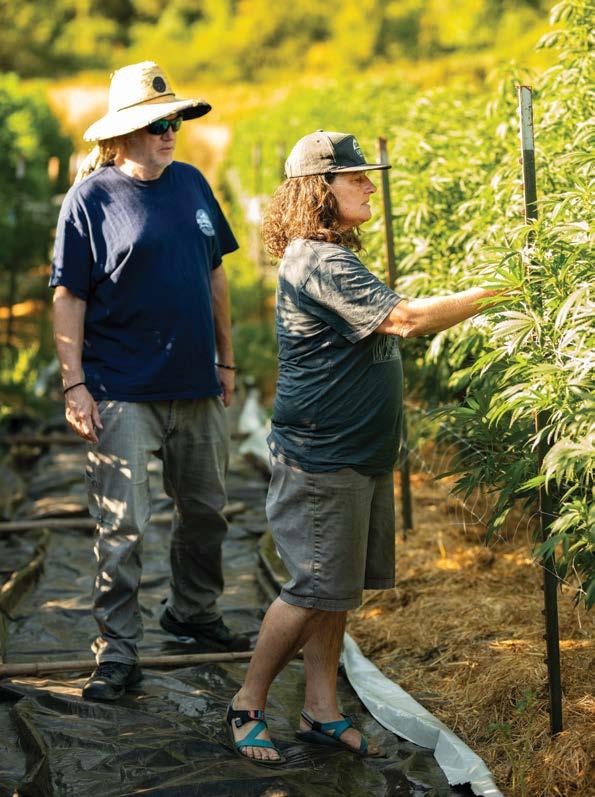


October hums in Northern California. Diesel engines on backroads, scissors clicking in barns, the air thick with the smell of cedar and cut flower. The light goes gold around 4 p.m. and stays that way until the ridge disappears. This is the season everyone waits for and the one that breaks them a little more each year. Across Humboldt, Trinity and Mendocino, harvest is smaller now but sharper. The crews are lean. The fields are tighter, planted with cultivars that can handle heat, fog and the sudden rains that roll in off the Pacific. The farmers who stayed learned to match the rhythm instead of fighting it.
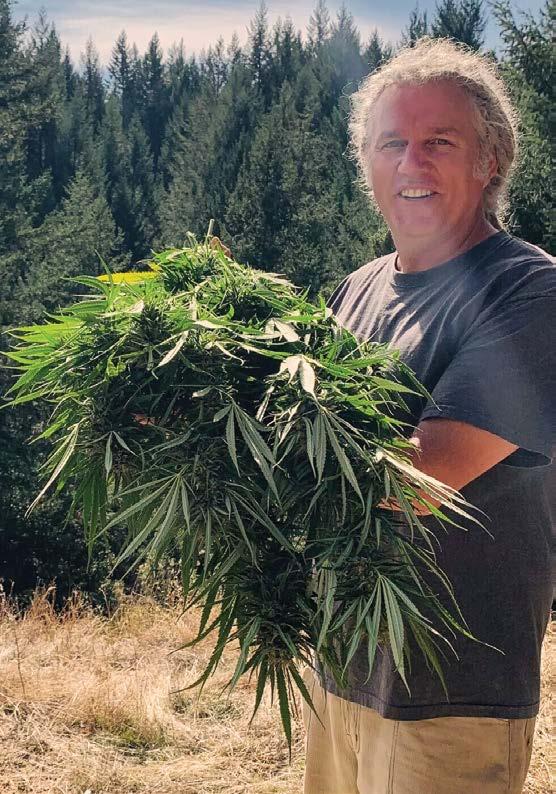
AT NEUKOM FAMILY FARM on the banks of the Trinity River, Cannabis sits beside tomatoes, melons and peaches in the summer, part of the same rotation that’s kept the soil alive for decades. Amy and Jacques Neukom move through the rows like it’s any other crop: water, cut, cure, repeat. They sell vegetables, eggs and joints at the same market stand. Nobody whispers anymore.
“People come for food and ask about the flower,” Amy Neukom said. “It’s just farming now.”
In the Mattole Valley, Dylan Mattole has shifted to washers suited for concentrates, specifically hash and rosin. “Sun-grown is rising to the top in those markets,” he said. “The hash makers appreciate the quality that comes from organically sun-grown flower with unique genetics.”
In Mendocino, Joseph Haggard and his mom, Katie, who helm Emerald Spirit Botanicals, breed for flavor and function, not percentages. Their multiple-award-winning cultivar Pink Boost Goddess gleams under the late light, the scent closer to strawberry jam and flowers than gas. Joseph Haggard said the demand is real.

And in Humboldt, the Humboldt Family Farms collective pulls the pieces together, jar by jar, farmer by farmer. They share transport, packaging and stories — the connective tissue of a region learning how to stay alive inside a system that barely sees it.
Founder Scott Vasterling calls it “logistics with heart.”
The collective’s latest campaign lifted sun-grown sales at Embarc stores into double digits for the first time. Proof, however small, that education works when the weed is good enough.
Harvest is a habit first and a headline second. Regardless of the attention it gets or doesn’t, the farm activity still swells before dawn, and the generators still buzz all night. The people doing it don’t talk about resilience; they’re long past all of that. They’ve built smaller, smarter, steadier lives on land and in a market that keeps asking for everything.
By dusk, the hills glow. The smell carries for miles: terpenes, rain and work. On some ridges, lights stay on all night, and on others, the barns are already full.
The season ends the way it always has: tired hands, quiet pride and smoke rising from the valley like a promise that next year will come around again.

"They’ve built smaller, smarter, steadier lives on land and in a market that keeps asking for everything."
“People want to feel good again. They don’t want to get wrecked,” he said.
Their farm feels closer to a vineyard than a grow site, with sun, soil and intention dictating everything.
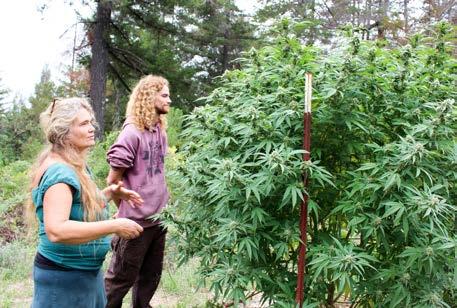
P e t P a r e n t :
A l e x
D e l i v e r y M a n a g e r

Ta r o Ta r o
P e t P a r e n t :
A d a m
I n v e n t o r y M a n a g e r
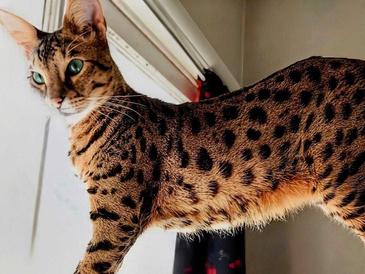
D j u m a D j u m a
P e t P a r e n t :

J e n n i f e r
B u d t e n d e r
P e t P a r e n t :
J u s t i n
D e l i v e r y D r i v e r

t P a r e n t :
C a r l y


P e t P a r e n t :


D a l e
D e l i v e r y M a n a g e r




D i r e c t o r
S a l e s M a n a g e r


B l u t o B l u t o B u b b a B u b b a B r a v e B r a v e
P e t P a r e n t :
A n g e l a
B u d t e n d e r

E c h o E c h o


Z e u s & M a l i Z e u s & M a l i


T i n a T i n a
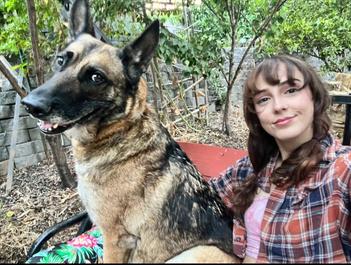


L i n k L i n k M o
THE HARVEST ISSUE you’re holding celebrates the end of one annual, full-sun cultivation cycle, but another begins. Some growers are just getting set up for their winter indoor run, and we’re seeing more newbies, as well as pros, grow with “automatic” seeds.
Cannabis that flowers “automatically” does not need the strict lighting schedule of standard weed strains. Like early LEDs, auto seeds have gone from punch line to punching above their weight. Autos used to contain a little THC, with low terpenes and yield, but not anymore. Modern autos smack. Chances are you have smoked or dabbed an automatic plant and didn’t even know it.
Maine cult star Night Owl Seeds — a 6-year-old company and a leader in the automatic seed game — does midnight seed drops, like Strawberry Milk and Qookies, that sell out in minutes. What is company founder/operator Daz’s strategy? Automating classics like Marathon OG, AJ’s Sour D and (soon) Banana OG.
Daz learned how to make auto versions of strains in Europe, which is ahead of the Americas in the automatic weed game. Then Daz worked under Mephisto Genetics until he started his own thing. “I’ve been isolating with plants for 10 to 15 years,” he said.

Award-winning journalist/author and former Leafly Senior Editor David Downs’ monthly genetics intelligence dispatch.


CANNABIS THAT FLOWERS “AUTOMATICALLY” DOES NOT NEED THE STRICT LIGHTING SCHEDULE OF STANDARD WEED STRAINS. DO YOU EVER WISH HERB WAS MORE “SET IT AND FORGET IT”?
Daz said automatic weed growers are usually hobbyists working indoors in tents. When Daz finally got the wherewithal to run a large indoor warehouse, he populated it with 40 tents instead of one big grow.
Experts say it’s getting almost impossible to tell the difference between automatic flowers and regulars. All automatics contain genes from a subspecies of weed called “ruderalis.” These rude girls flower automatically on the roadsides of rural Russia. Modern autos lack any telltale ruderalis aroma or taste.
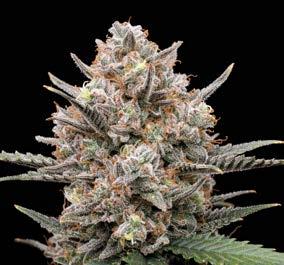
Humboldt Seed Company, the 24-year-old top photoperiod brand, is working on autoing a vast chunk of its 80-strain commercial catalog. Among them, we’ve seen a new fruity auto Hella Jelly F5 with sizzling sativa effects, but it grows short and flowers quickly.
The December 2025 Auto Hella Jelly solves the two major issues commercial growers have with sativas: They get too tall and take too long. Time and space cost money. This squat, pink-flowered strain should take around 90 days from seed to harvest. When dabbing Auto Hella Jelly, you’d never know it’s the distant grandchild of Russian ditch weed. The live rosin is very blond, fruity and delicate, like a sugary confection. It hits light, clean, fruity, loud, strong and bomb, easing tension and energizing work.
One home grower in Quebec, Canada, who’s killing it with automatics is gardening influencer Linh Nguyen, aka “Autopotamus.” Sponsored by a raft of genetics and hardware brands, Autopotamus grows bountiful bushels of dank, icy colas that showcase the potential of autos in the 2020s.
Daz said autos grow a bit differently than regular, so-called “photoperiod” strains, which need timed lighting. For one, they don’t like getting transplanted or repotted. Don’t stress autos out.
Autos are harder to grow than photos, Daz said, but once you see the speed, flavor and potency, “it’s hard to go back.”
The American Autoflower Cup, one big sign of autos’ arrival, returns in early 2026 and just announced its seven categories. Registration is currently open. Judging is conducted by industry experts, lab analysis and popular vote.
The awards ceremony is Jan. 31, 2026, at beTRUE Los Angeles.
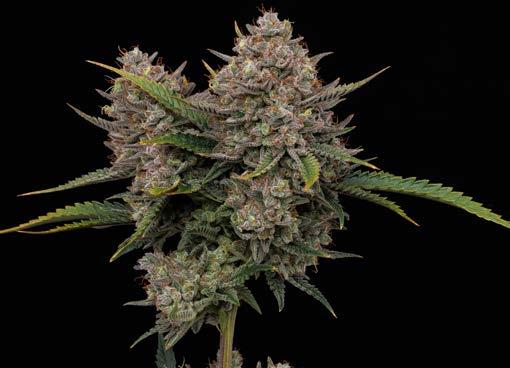
OWL SEEDS
MEPHISTO GENETICS
HUMBOLDT SEED COMPANY
MULTIVERSE BEANS
AUTOMATICS
SPEEDRUN SEEDS
I’m running some autos this winter in San Francisco that were gifted to me in July by Cora Genetics founder Hardy Nieto, who just passed away.
I popped a full pack and selected four of the feminized Dr. Grinspoon S1 autos for a big fabric pot. I don’t need the bud, but the fresh terps and joyful bouquet are a living memento mori for the new year. Time flies, so be quick and excellent — automatically.
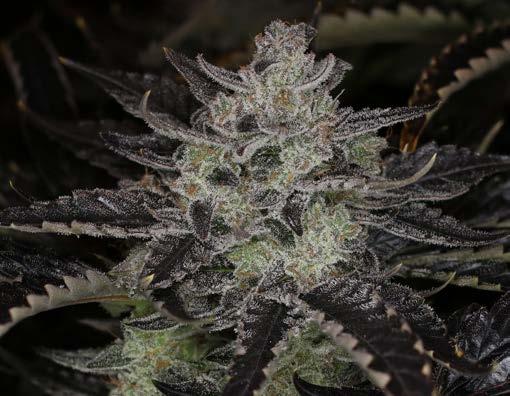
“THIS YEAR, I THINK IT’S AMAZING.”

$1.238 BILLION CALIFORNIA LEGAL CANNABIS SALES (APRIL THROUGH JUNE 2025; CDTFA)
2,319 NUMBER OF DISPENSARY AND DELIVERY LICENSES (MARCH 2025; DCC)
51.7 MILLION LEGAL VAPE CARTS PURCHASED PER YEAR IN CALIFORNIA (DCC, 2024)
3.8 MILLION POUNDS AMOUNT OF WEED CONSUMED PER YEAR IN CALIFORNIA (2024, DCC) ~38% PERCENTAGE OF CALIFORNIA CONSUMPTION SUPPLIED BY THE LICENSED MARKET (DCC, 2024)

1.43 MILLION POUNDS AMOUNT OF LEGAL WEED GROWN PER YEAR IN CALIFORNIA (2024, DCC)
11.4 MILLION POUNDS ESTIMATED AMOUNT OF ILLEGAL WEED GROWN PER YEAR IN CALIFORNIA (2024, DCC)
“IT WAS A BEAUTIFUL SUMMER.”
$300-$400 SPOT REPORTS FOR THE PRICE OF A HIGH-QUALITY WHOLESALE OUTDOOR POUND IN CALIFORNIA
$1,166 U.S. AVERAGE PRICE PER POUND, INCLUDING ALL STATES’ INDOOR, OUTDOOR AND GREENHOUSE
$1,031 AVERAGE VALUE OF A LEGAL CALIFORNIA WHOLESALE POUND (2024, DCC)

4,805 ACTIVE CALIFORNIA CULTIVATION LICENSES IN 2025
5,491 ACTIVE CALIFORNIA CULTIVATION LICENSES IN 2024
−12.5% YEAR-OVER-YEAR CHANGE IN CALIFORNIA CULTIVATION LICENSES
As of press time, a squall line approaches California from the west, promising about 2 inches of rain, the end of wildfire season and a halt to much of the outdoor harvest season in the country’s No. 1 source state for weed.
So, how did the 2025 growing season go? It went pretty great! Farmers from Humboldt to Grass Valley report an epic year — second only to the mythic 2024 run — with a decrease in wildfires and lower temperatures.
There are fewer legal farms, but they’re bigger. The price of pot continues to find its new normal after prohibition’s end. Additionally, more farmers are freezing their crops to recover lost profits.
520,180 ACRES ACREAGE BURNED BY WILDFIRE IN 2025 (CAL FIRE)
1,050,012 ACRES ACREAGE BURNED BY WILDFIRE IN 2024
2,569,386 ACRES ACREAGE BURNED BY WILDFIRE IN 2021
22 DAYS OVER 100 DEGREES FAHRENHEIT IN SACRAMENTO, CALIFORNIA, IN 2025
“SO MUCH FIRE (WEED). PERFECT WEATHER.”
45 DAYS OVER 100 DEGREES FAHRENHEIT IN SACRAMENTO, CALIFORNIA, IN 2024
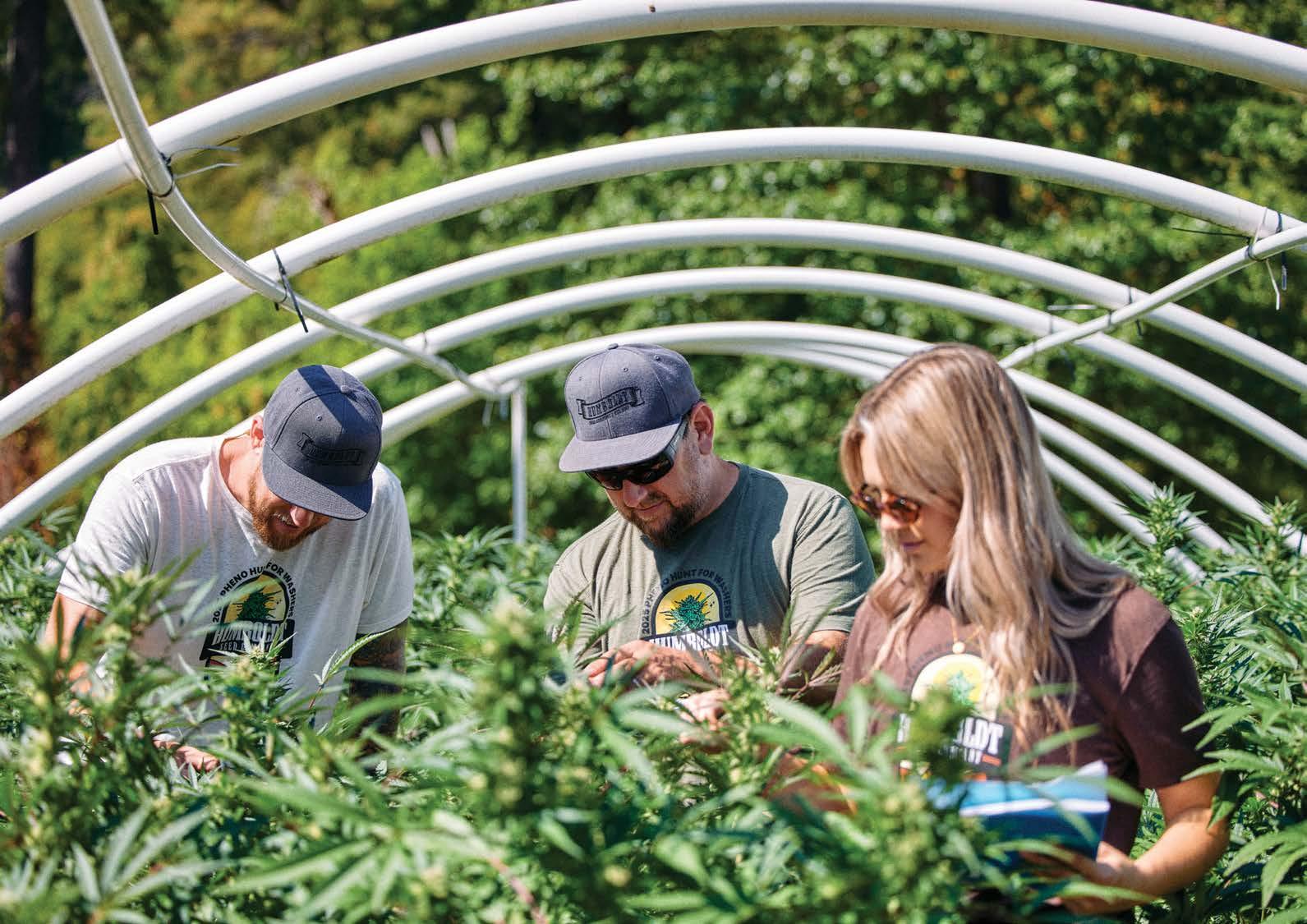

I’m looking up toward a sky dappled with clouds and feeling the vibrations emanating from the life-form beside me. It’s a towering Blueberry Pancakes plant, and I’m pushing away from the energy of the group to stand in stillness with the silent hum of its life force.
The Cannabis flowers are a deep emerald green, huge and frosty, and they smell like blueberries at peak ripeness.
Held in minimal trellising, the plant’s branches confidently stretch out into the air. Watching it sway in the wind over the valley of oaks below makes me smile. When I touch the flowers, they leave a lingering perfume on my fingertips. This plant is statuesque, natural, beautiful and alive.
I’M ON a Humboldt Seed Company farm in the foothills of the Sierra Nevada near Grass Valley, California, as a part of the company’s 2025 quest to find the world’s best weed. Alongside me on this odyssey are Leaf’s chief operating officer, Tom Bowers, and fellow Leaf contributor David Downs.
This festive occasion in late September brings together a group to de-leaf and buck the flowers for steam distilling into terpenes for their aroma and flavor. Later, I’ll joyously dance in a fog machine that’s wafting the Blueberry Pancakes scent.
I’ll eat whipped cream infused with the plant’s essential essence. I’ll inhale other Cannabis flowers into my lungs as a soft, warm rain begins to fall and a lightning storm sends wavy electric jolts across the horizon.
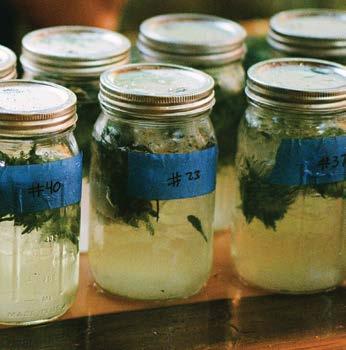
But when I watch the flowers I’ve “big-leafed” fall into the bin, I feel a bit of heartache at the impermanence of it all. It’s the type of melancholy that can come when we mortals think about what comes in the end for us and for every living thing. And I’ll tell my friends: “There could have been another way.”
In my home grow on my rooftop balcony in Oakland, California, I feel a similar sense of loss when harvest time comes.
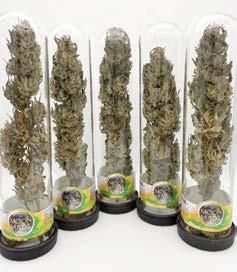
“In the days with the least sunlight ahead, these flowers will provide warmth in the darkest days.”
The Cannabis plants on my front porch provide a welcoming display of lush greenery that I enjoy looking at as they grow and mature. But once the fall comes, they’re gone, and I miss them, even just for their decoration.
A 2022 study published in the International Journal of Environmental Research and Public Health shows that even a small amount of greenery in an urban environment can be beneficial for reducing stress, as elements of nature provide a “soft charm” that allows people to achieve more efficient concentration.
I think Cannabis flowers (and all flowers) are here to teach us about impermanence. With flowers — which grow, blossom and fade — the only real moments are in the now. I smell and smoke Cannabis flowers and remember that their time, and my time, here on Earth will not go on forever.
I’m probably in the minority group of people when it comes to thinking about harvest as an ending for the Cannabis plant and not a beginning to its ultimate purpose: all the weed we’re going to smoke when wintertime arrives. But I know I’m far from the only one to fall in love with a Cannabis plant.
Tina Gordon, the cultivator at Moon Made Farms in Humboldt County, believes the Cannabis plant has three lives. The first life, she said, is when it’s growing in the ground, “and that’s when the cultivator is stewarding the plant.” The second life begins when the flower is cut, and that life continues all the way up to when it’s smoked. The third life starts within the resonance of a person when they smoke that flower.
This third life of Cannabis that Gordon speaks of alludes to our deeply personal connections with this plant because of the way it makes us feel.
I think the reason this plant resonates so clearly with so many different people has to do with the fact that our bodies are built with an endocannabinoid system, which has receptors that bind to the chemical elements Cannabis provides when we ingest it. The endocannabinoid system regulates critical bodily functions. It’s the key to our health and vitality.
Sure, other plants contain cannabinoids. Who can deny the sharp appeal of freshly ground black pepper or the soothing effects of cacao? But cannabinoids are most prevalent in the Cannabis plant. And while we know a lot about this plant, there are still undiscovered cannabinoids. We’re also continually learning more about how the other chemical elements in Cannabis affect our well-being.
The Cannabis plant is our companion that helps us as we navigate through life and guides us toward asking the big questions, like “Why are we here?” Harvest brings a moment of reflection, even though it’s an intense time for growers. It’s a mad rush against the rain, a battle against hungry caterpillars, a phase when a few missteps in drying can ruin a year’s worth of effort. But at a certain point, it’s all over.
“To harvest or render the plant, it’s the culmination of everything that has gone into the plant,” Gordon said. “I mean, it happened. Here she is.”
The seasons help mark the passage of time and offer rhythmic resets that are in line with the Earth and nature around us. It’s best to think of everything, all of life, as an infinite loop. In the same way that there is no beginning, there is no end. Cannabis flowers are meant for smoking. Their ultimate destiny is helping us fulfill our destiny.
We’re getting close to reaping the benefits of the 2025 sun-grown Cannabis harvest. It’s almost time to open the jars, pull out the flowers and set them on fire. In the days with the least sunlight ahead, these flowers will provide warmth in the darkest days. We’ll settle into winter’s reset, and when spring comes, we’ll plant seeds and start over again.
@THEHUMBOLDTSEEDCOMPANY
@MOONMADEFARMS
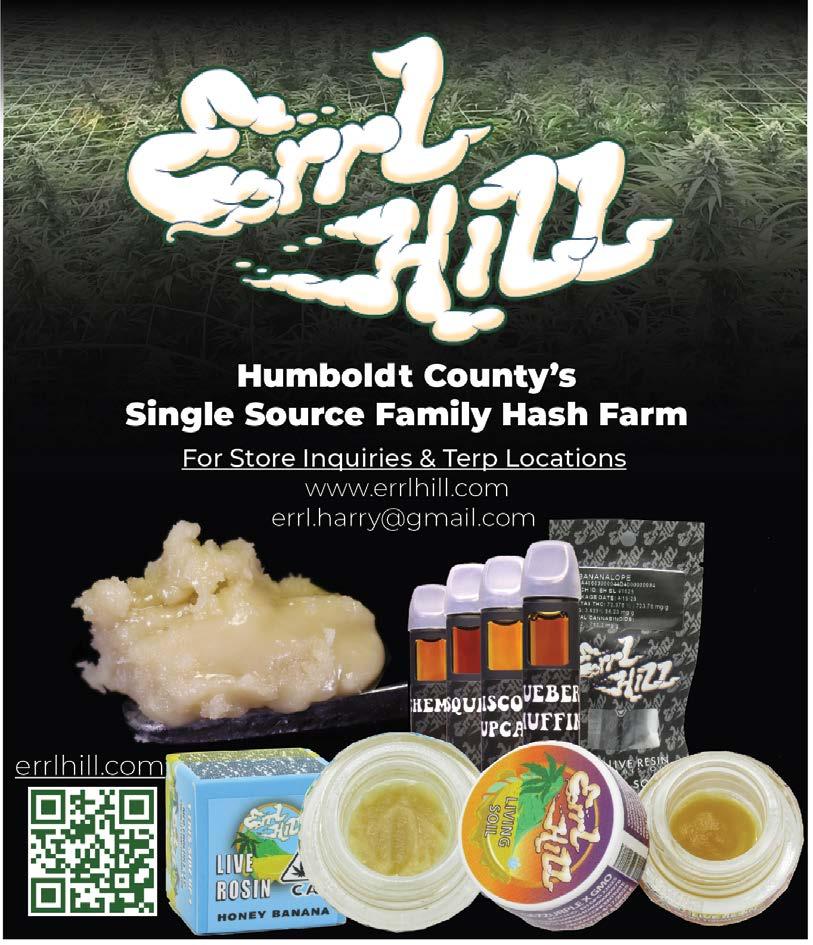
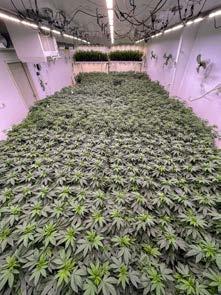
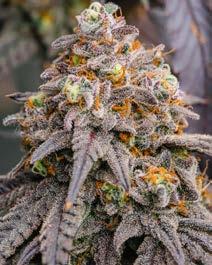
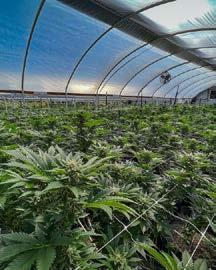
STORY by ELLEN HOLLAND @HOLLANDBUDS for LEAF NATION

SIMPLIFY YOUR GROW BY SWITCHING TO A GRANULAR FERTILIZER THAT HAS BEEN SPECIALY FORMULATED FOR CANNABIS. IT’S AS SIMPLE AS MIXING IN WITH SOIL OR COCO THEN IT’S WATER ONLY AFTER THAT. FORMULATED
CUT COSTS REDUCE ERRORS INCREASE QUALITY AND YIELD MOST AFFORDABLE FERTILIZER AT SCALE
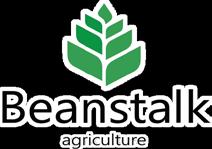




This month, we’ve chosen a longtime budtender and one of the most popular hosts in the Cannabis space, the one and only Adam ill. While many of us are more familiar with seeing Adam host some of the biggest events in Cannabis, he actually got his start as a budtender back in 2009 after he left radio. A childhood friend knew he was already selling weed, and he jumped in the mix when California was still doing deli style.
“I mean, it’s a lot easier for someone to be a budtender now,” he told California Leaf. “Everything is prepackaged and laid out, and everybody’s brand got their own taglines and their own sales pitch. It makes it easier for someone to sell the product without actually having experience with the product.”
Adam compares this style of budtending to working at a mall clothing store. He argues you don’t have to know anything about fashion, but you know the pants are over there and the shirts are over here.
“It’s just all written out instead of more of a personal experience like it used to be back in the day,” Adam said. “What makes a great budtender is someone who consumes all the products and builds their own experience and their own knowledge on the brands.”

“WHAT MAKES A GREAT BUDTENDER IS SOMEONE WHO CONSUMES ALL THE PRODUCTS AND BUILDS THEIR OWN EXPERIENCE AND THEIR OWN KNOWLEDGE ON THE BRANDS.”
While many customers come into Exotix with an eye for the latest and greatest, there are still a lot of people who need help finding the Cannabis products that work best for them. Adam attempts to cater the experience to each customer, whether that is based on their budget or just what they like to consume in general.

When picking out jars for himself, Adam notes it’s all about the gas. He says he’s a big fan of Decibel Gardens, A Golden State and Phases. What does Adam love most about budtending?
“I love selling weed,” Adam replied. “I’ve sold weed most of my life, and it’s just something that I love to do, being able to do it legally with a bunch of brands and educating these new consumers. Because there’s a lot of people now that smoke weed openly. It used to be super taboo.” EXOTIX 738 HIGHLAND AVE., LOS ANGELES, CA EXOTIXFLOWER.COM | @EXOTIX.CA (877) 439-6849














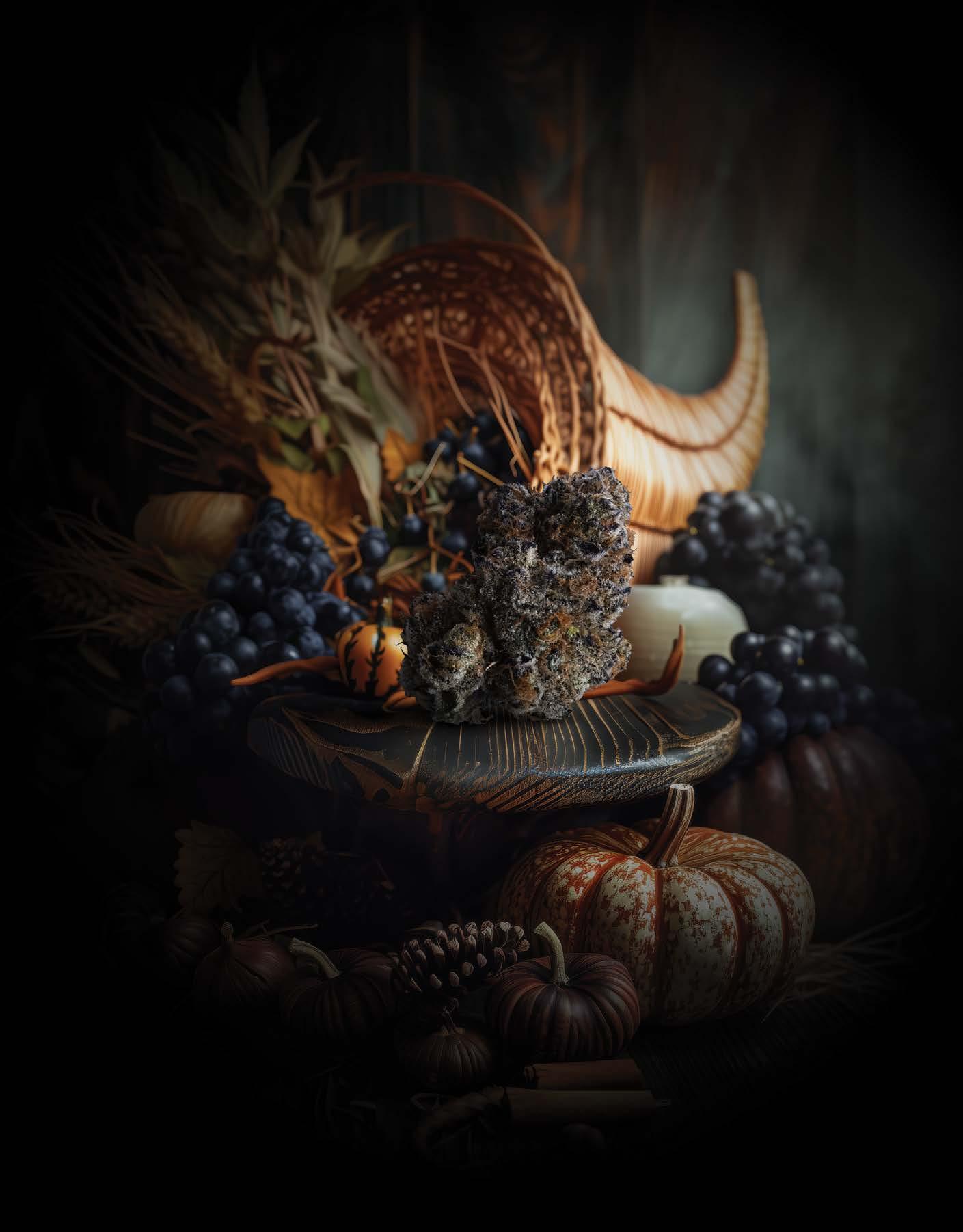







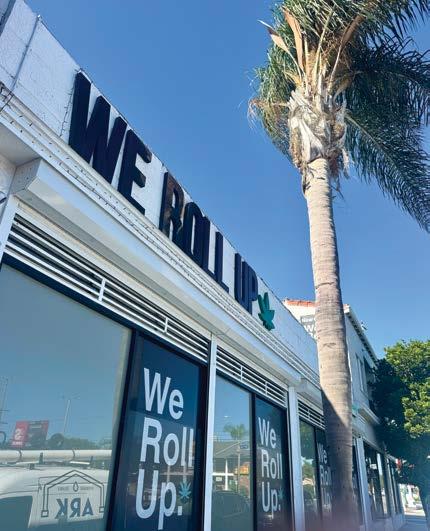
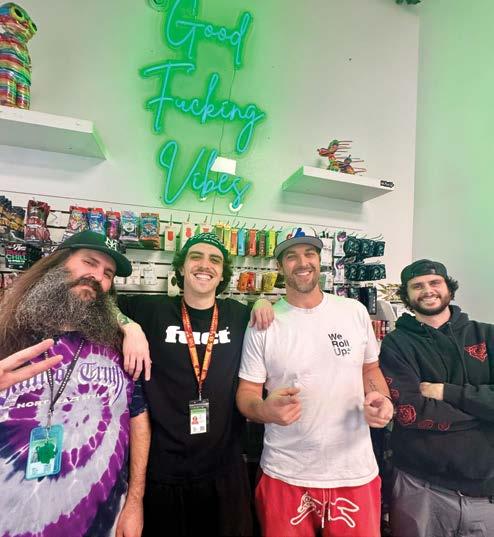

Recently, while down in Los Angeles visiting family, I found a store with a menu so good, I asked my mom to drive me there. After all, how many places can you find Alderpoint Sour when you’re only around 20 miles from Catalina? We Roll Up is one of only a handful of dispensaries in the harbor city of San Pedro, which recently hosted the Network Cannabis Trade Show in September. Opened in 2022 as the city’s first licensed dispensary, it’s located right on the main drag, less than 2 miles from Angel’s Gate Park. The company also has a store in Playa Vista, just north of the Los Angeles International Airport, which boasts the largest hash selection in LA.


This store, and its sister location, are proudly majority Hispanic-owned, being founded by Michael Esposito, Ruben Cervantes, Daniel Roescheisen, and their friend “Billy.”
While not the biggest store, We Roll Up’s harbor location keeps a selection that rivals a large retailer and is up-to-date with what’s new and what’s hitting. There was a great selection of flower, but this reporter was particularly impressed by their hash menu, which was stacked with favorite flavors and the first drops from Sugar Magnolia and Hasher.
In a call with We Roll Up’s purchaser, Jerry Ortiz, and co-founder, “Billy,” they expressed that even though they have an in-house flower brand, a particular focus for the store’s menu is rosin. With concentrates thriving in the traditional market, they feel it’s important to support new brands as they break out into the retail space.
“There’s so much good hash coming around now,” Jerry said.
Along with the usual categories of products, the store also has some impressive pieces by Hendy Glass, Burton Morris and GZ1 on display. “Billy” said that he wants the stores to have the kind of high-end glass, art and apparel that will make them stand out as destinations.
“I’m not trying to be volume,” he said matter-of-factly. “I want to make our stores destinations, where when you come to LA, they’re spots you know you have to visit. There is a cool culture here, and we need to share it more.”
In an effort to keep with local culture as well as Cannabis culture, the store always has a Spanish-speaking staff member behind the counter and offers standing discounts for military, longshoremen and seniors.
The employees are a particular high point for the store experience. During my visit, everyone working there was able to answer questions on multiple types of products rather than having a go-to rosin or edibles person.
WE ROLL UP SAN PEDRO
1705 S. GAFFEY ST. SAN PEDRO, CA
WEROLLUP.COM
@WE.ROLL.UP
(424) 264-5423

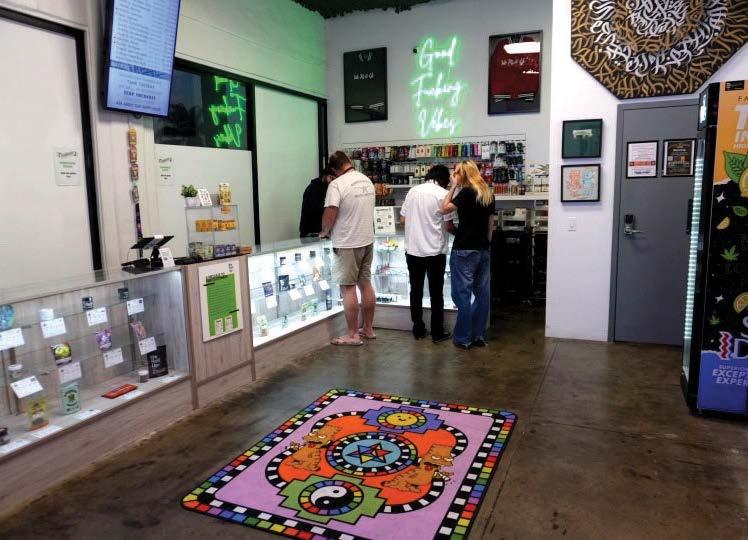
“I WANT TO MAKE OUR STORES DESTINATIONS, WHERE WHEN YOU COME TO LA, THEY’RE SPOTS YOU KNOW YOU HAVE TO VISIT.”
-BILLY, COFOUNDER


“Billy” said the team is working on some renovations and updates to make 2026 a banner year for the San Pedro location. Their long-term dream, he said, is a private lounge to show the Cannabis community how much fun it is to come down and hang out in the harbor area.
10 A.M.-10 P.M. DAILY
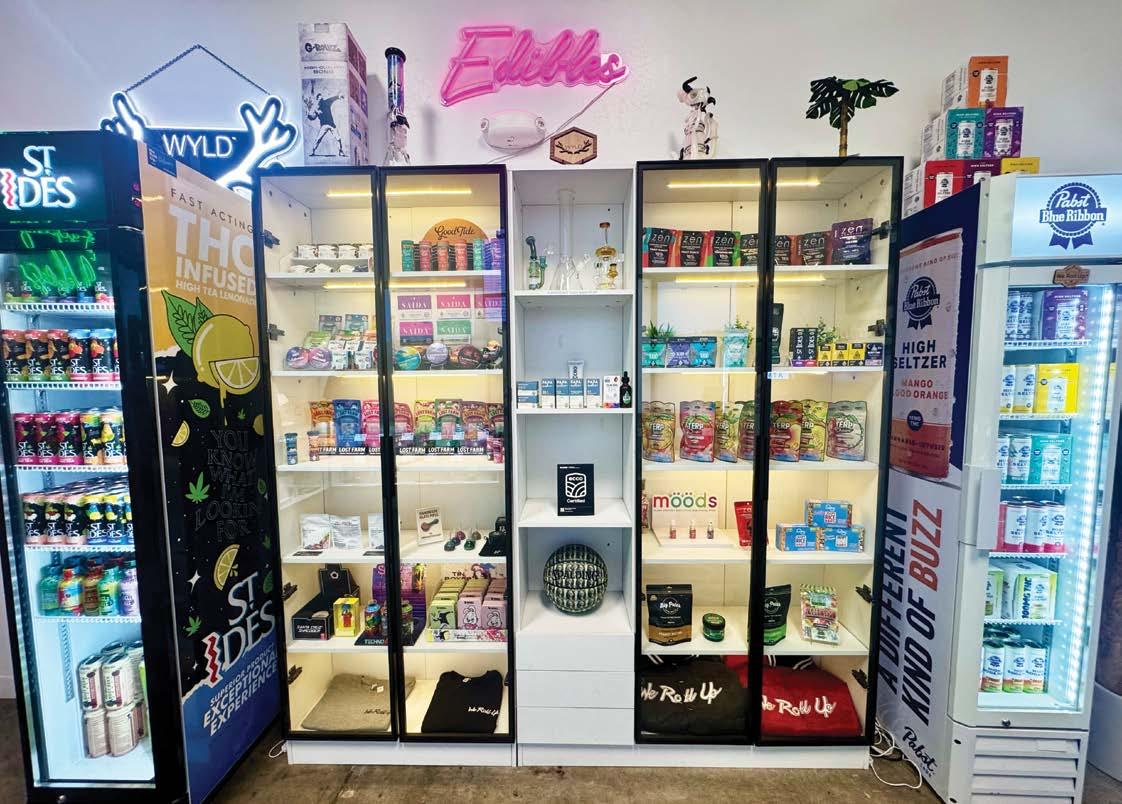


Inside a nostalgic smoke with a nod to the past for inspiration
Spark up! The genesis of Cannabis culture in the 1970s is where all legendary tales begin. These were the OG times, when humanity first started writing our most beautiful love story, the tale that begins with tending to a flower.
IN THE ’70S, we embarked on our greatest adventure: an Odyssean journey that involved transporting Cannabis seeds over land and sea. Fifty years ago marked the moment we began hybridizing this plant to create new kinds. Before that, Cannabis grew indigenously all over the world. Partaking in those original expressions — the landrace strains — is a way to preserve the heritage of Cannabis culture and get high. Smoking crosses of landrace sativas feels like following a stoney trajectory we’ve traveled many times before.

With so many different types of Cannabis in the world today, getting a hold of specialty types — like sativa crosses only one step away from landrace cultivars — is challenging.
First available in California’s adult-use commercial market in early 2025, Budularo is a brand that cultivates crosses of long-flowering equatorial sativas, which originate from areas around the equator that receive 12 hours of sunshine every day. Equatorial sativas grow tall and lanky, and they spend longer in the flowering stage before the buds are ripe.
“Some things are timeless,” Dave Perkins, Budularo CEO and operator, said.
Perkins has cultivated the strain he loves the most, Sour Diesel, for over 20 years. Working alongside his brother-in-law, Isaac Grech, at Budularo, Perkins is now growing the genetics his father-in-law, Tony Grech, aka Tony Budularo, first fell in love with.
spend only four to six weeks in the flowering stage — Budularo is betting on the value that comes with time.
“We’re growing strains that take anywhere from 14 to 20 weeks,” Perkins said of the flowering time for Budularo’s sativas.
Budulero’s buds might not look as dense as some modern day cultivars but they absolutely shine in their aromatic qualities. A Band Aid x Durban cross smells like sweet anise, while a Band Aid Haze x Original Haze takes on a deeper fennel aroma. For most of these cultivars, a lot of light penetrates the plants due to the spacing between each bud site and the naturally skinnier fan leaves resulting in buds that are more lightweight. Some sativas can be racy, but for me, Budularo’s selections evoke a more introspective mood. They deliver a stoney quality that is on the milder side, making them great for a midday smoke.

Perkins said he’s attracted to the effects he discovers by smoking sativa-leaning cultivars for a long time, but that it was a connection with his father-in-law that led him to grow longer-flowering varieties, starting with an African Haze #11.
familiarized himself with the experience and effect of smoking sativas. A basic budtender knows the spiel: Sativas offer a more uplifting, energizing high as opposed to the sedative high that can come with indicas.
“One of the main things I noticed was that I wasn’t getting tired, and there wasn’t a crash at the end of the high,” Perkins said of his experience smoking long-flowering sativas.
“I’ve been smoking a lot of Sour Diesel, which I thought was a sativa-dominant type of plant, but there was always this crash at the end of the high with the Diesel. It had this intense — sort of up — kind of long high, and then I would crash. With this stuff, there was no crash. And the high wasn’t as intense right off the bat, but it built over time.”
Perkins said the high he gets from smoking sativas offers him focused mental clarity.
Like Marty McFly’s first spin in Doc’s DeLorean, Budularo is a brand that lets smokers travel back in time. The jars feature a drawing of Grech and text written in the style of an adventure story. Cue the soaring orchestral soundtrack.
“Budularo’s Cannabis experience began in the 60’s, when most herb was imported from faraway lands,” the jar reads. “The best exotic varieties from the past were not an easy thing to procure then and are still very hard to find now. Today Budularo brings you the chance to experience for yourself long flowering varieties from all over the world, so you can feel the soaring euphoria that Budularo has been enjoying for the last 50 years.”
Grech has collected Cannabis seeds since the ’70s. Starting with his genetics, Budularo releases selections that are harvested twice a year in the company’s mixed-light greenhouses in Mendocino County. The selections are a variety of long-flowering inbred lines and landrace cultivars. One selection the team is currently excited about is Malawi crossed with Durban Poison, both of which originate from Africa. In a world that’s frequently focused on making things faster — autoflowering varieties
“I’ve been growing Sour Diesel since 2003. We just finished trimming the last batch,” Perkins said via a phone call in late September. “When I met my father-in-law, I had just finished a light dep in Grass Valley, and I was really excited to show him the herb I’d just grown because he’s been growing for a long time. He’s kind of a legendary dude, so I was like, ‘Man, I get to show him my herb.’ And he basically looked at me and was like, ‘Boy, let me show you what I’ve got to smoke,’ in a very polite way.”
After Perkins took a trip to Hawaii and smoked exclusively sativa strains, he
In the ’70s, Grech’s nickname originated from his quest to get high. Following the core path of a mythological motif known as “the hero’s journey” in literature, trying new types of Cannabis brought him out of his ordinary world and ended with an elixir, in this case, a “soaring euphoria.”
“With so many different types of Cannabis in the world today, getting a hold of specialty types — like sativa crosses only one step away from landrace cultivars — is challenging.”


“They used to call him ‘Budularo’ because back in the day, when he was buying herb, we wanted pounds that were ‘budguler,’ that weren’t like compressed bricks of weed,” Perkins said. “He wanted the stuff that actually had buds, and there were some guys that called him ‘Budularo,’ and that nickname kind of just stuck.”
The weed that Grech likes best, the Pearls, looks like a plant filled with calyxes — the outer layer of flowers that protects the flower when it first starts to form — that never grew out.
“The Bandaid Haze is nice I really like it, but this is my Grail, nothing I’ve tried comes close,” Grech wrote on Instagram. “Pearls rule, she is the Queen of Weed to me after searching since experiencing the best Thai Sticks and Gold Colombian back in the 70’s.”
A FAMILIAR FLAVOR
Perkins said people interested in trying Budularo’s offerings come in two main groups: those looking to return to something from their pasts, and those guided by the more unique effects of these hard-to-procure flower types.
“No. 1, the people that are within the (Cannabis) industry are excited to see it because it’s something that they’re familiar with,” Perkins said. “I’ve had people say: ‘Oh, my uncle used to grow Big Sur Holy Weed back in the day,’ or ‘This takes me back to Amsterdam in the 1980s,’ or ‘My dad used to grow this in the backyard.’”
For consumers who aren’t interested in Cannabis for its nostalgia factor, the appeal lies in the high.
“It’s not giving them that couch lock,” Perkins said. “They like the idea of something that’s going to keep them motivated and going throughout the day.”



“... It’s super old-school gas terps. Chem D and Sour to the max.”
Full Mullet from Fully Melted is an excellent representation of high-powered fuel terpenes in rosin, which is something the marketplace is seriously lacking. While candy terps blew up for a reason, Full Mullet’s impact on your taste buds is at a different level.
A LOT OF TERPENE PROFILES similar to Full Mullet simply aren’t considered commercially viable. Usually, when you see a jar that smells this deliciously gassy, it’s in somebody’s head stash.
Most of the best depictions of these prized gassy terps simply don’t make enough hash after they’re washed to be worth the process. That’s what makes Full Mullet so special, especially given the fact that it’s readily available on the recreational market.
The pairing that created Full Mullet is GMOG x Blue Zkittlez, but past the name, there’s no Z to be found. The aroma and flavor both heavily lean on the OG side. You won’t even find any real funk from the GMO either, as it’s almost exclusively gas and fuel terps.
“Power smoke, period!” Flynn, co-owner of Fully Melted, told California Leaf. “The COA came back crazy high, and it’s super oldschool gas terps. Chem D and Sour to the max.”
That wild nose is a result of 93%plus overall cannabinoids. It can’t be understated how much aroma comes pouring out as soon as you crack it. This isn’t one of those jars you have to hold up to your nose to smell. As soon as those terps hit the air, they dominate the room, which is a characteristic shared by only a few strains.
The material used to produce this elite rosin comes from an in-house selection made by Fully Melted’s other co-owner, Jomra. Cultivated in a mixed-light greenhouse and living soil beds, the flower for this rosin comes from southern Humboldt, where Jomra’s been growing since he was 13 years old. Now a family man over 40, he continues to follow in the footsteps of his father, who also grew up in the hills of the Emerald Triangle.
Even if a super gassy terp profile isn’t usually for you, Full Mullet might just win you over. And if not, you’ll still feel good knowing you’re buying real legacy Cannabis from Humboldt County.



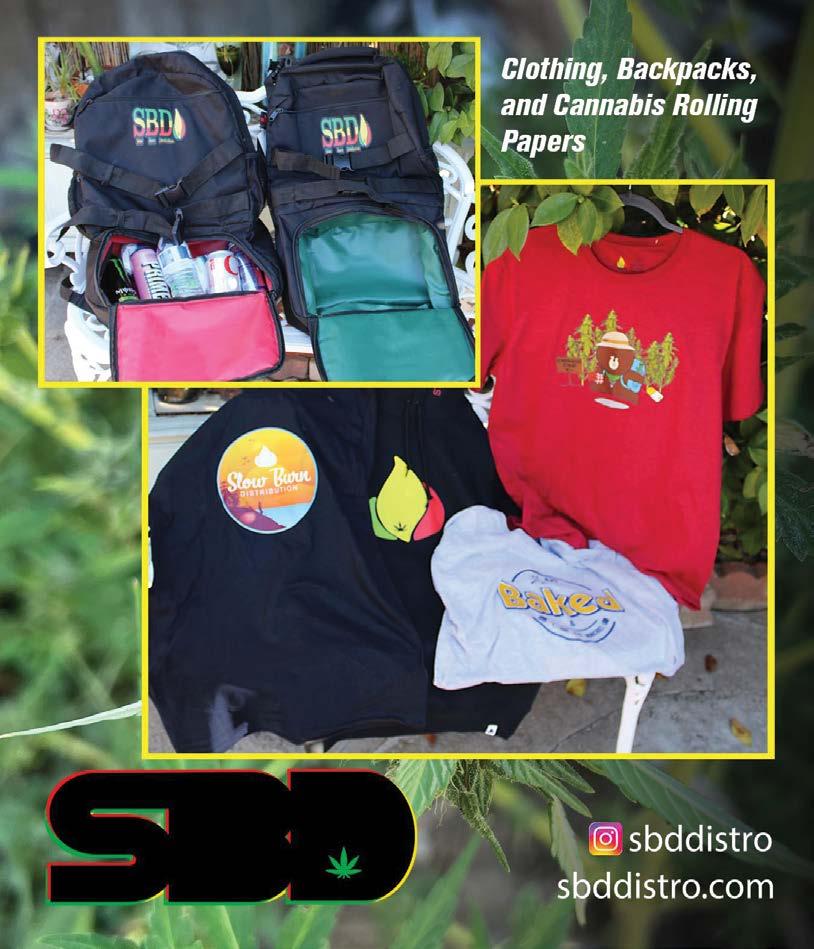



On our recent trip to Hall of Flowers, we saw an emerging trend of companies bringing classic strains out of retirement and into their 2025/2026 rotation.

One of the most impressive offerings was a Grand Daddy Purp from the gardens at Connected Cannabis Co. The Leaf spoke with Connected brand manager Malique Parish, who revealed that this cut was actually sourced by Ted Lidie of Alien Labs. Lidie said he’s keeping the origins of this score deep in the vacuum of space.

According to Parish, Connected ran the strain for about a year before they felt comfortable releasing it onto the recreational market. They wanted to make sure they had a stellar crop ready to put up against the waves of candy flavors on shelves.
Even though Parish said that “this was a risk to put out,” he was quick to note that “it was received really well.”
Arguably one of the most important pieces of purple weed’s explosion in popularity, there are a few versions of GDP out there. The most recognized GDP is attributed to
Cannabis breeder and community legend Ken Estes. In interviews, like the one he had with Jimi Devine in 2023, Estes revealed that the cut he’s become famous for originally came as a gift for an act of kindness to friends who were part of the local Native American tribes. Known then as “Purple Medicine,” other versions available today tend to list their genetics as a cross between Purple Urkle and Big Bud.
Parish and Lidie both said Connected’s new cut isn’t Este’s version but is still the real deal. “Ken’s wasn’t around when I was smoking GDP,” Lidie said, “but the cut I have is the real cut.” Parish added, “It has a robust grape and lavender incense smell.” While the cut might have a hidden history, Connected’s GDP is a prime example of what put purple weed on the map. Popping the jar open, you’ll find those royal purple hues running throughout the buds and a taste/scent profile that we’ve all come to instantly recognize as purple. Deeply fruity and almost caramelized instead of overly sweet, there’s an earthy quality that does make it smell a bit like incense. Ground up, there’s a sweet blueberry perfume that returns to that musty, deep berry on the dry pull, and ignition turns this up to full volume. Parish said this GDP is part of Connected’s plan to revamp classic strains while targeting gaps they’ve seen in their own stable, as well as the larger California Cannabis scene. They’re looking out for cultivars that enrich or complement their established collection of flavors, he said, regardless of what the market or industry says about a particular strain. Seems to me, the Connected team is looking into the past to predict their future rather than the future, a wise move in today’s market.
“WHILE THE CUT MIGHT HAVE A HIDDEN HISTORY, CONNECTED’S GDP IS A PRIME EXAMPLE OF WHAT PUT PURPLE WEED ON THE MAP.”



At the top of a sunburned ridge in southern Humboldt, somewhere around Mad River, the light hits differently. Mornings start slow and golden, with fog curling around the redwoods. By noon, the heat turns sharp and dry, and there’s the smell of resin floating on dust. That’s when Nik Erickson walks his rows at Full Moon Farms, boots kicking up powder, fingertips brushing buds heavy with the end of the season.
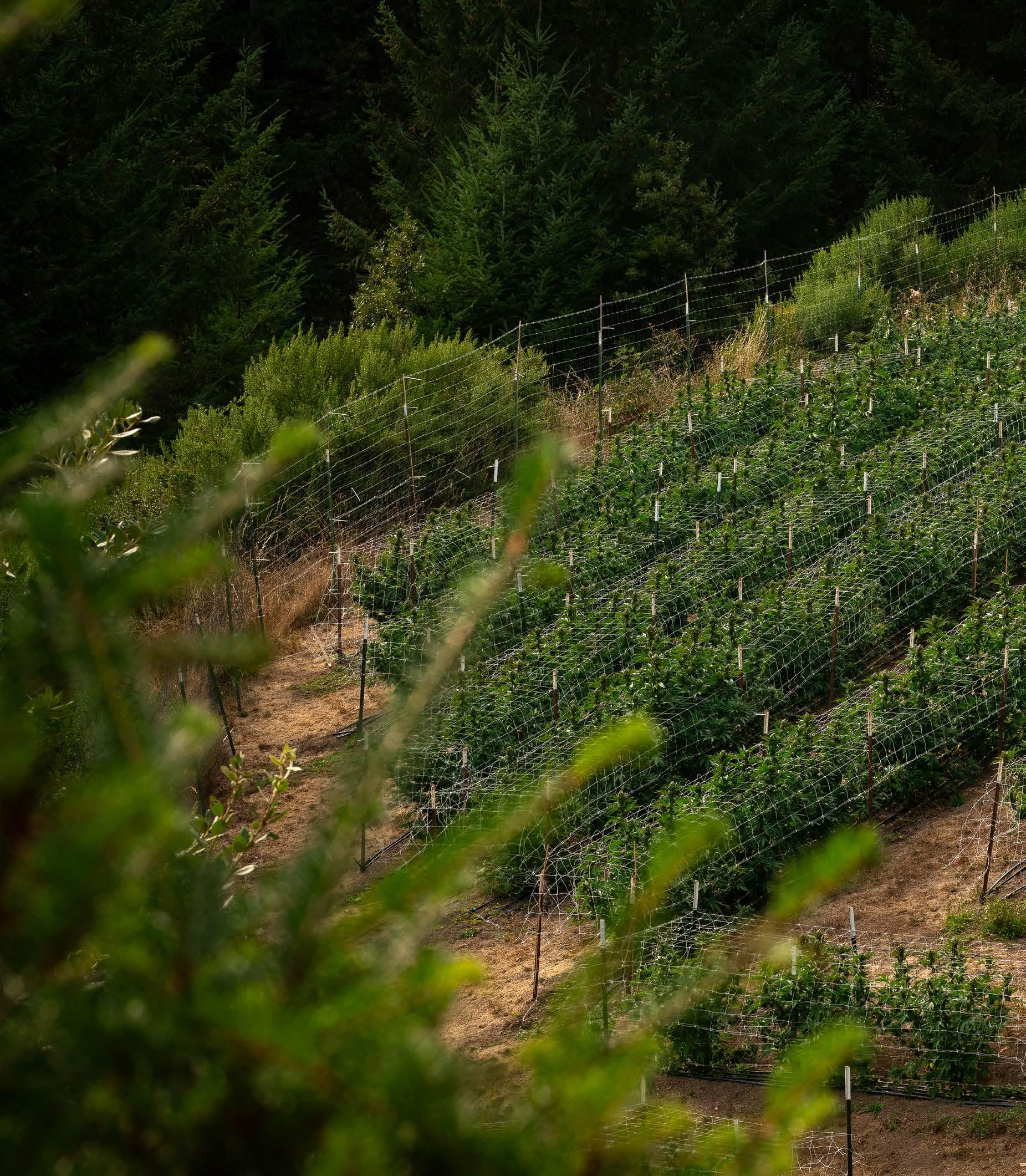
GRAPELICIOUS


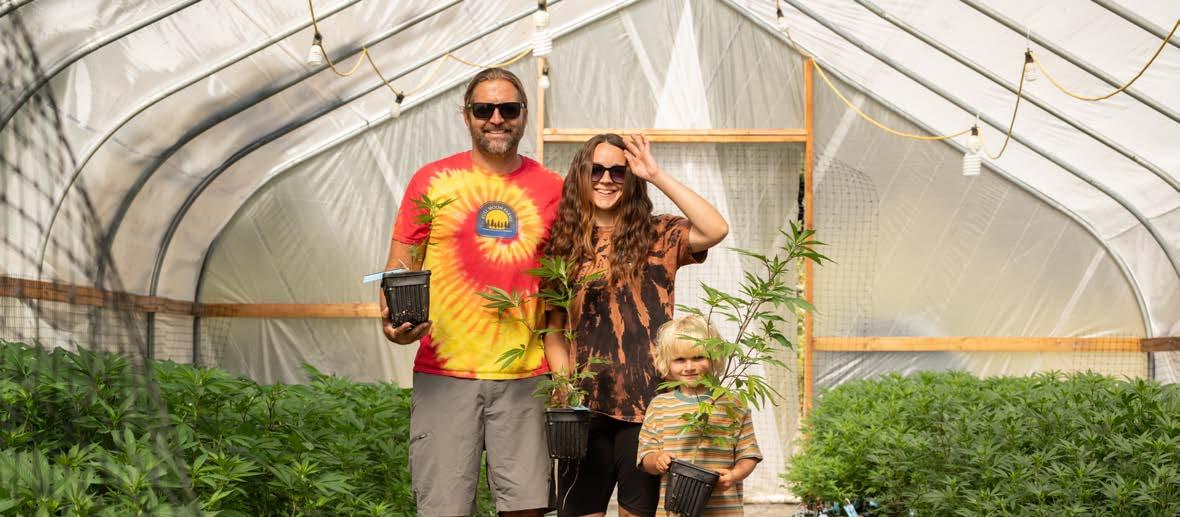
“THIS IS WHAT IT’S ALL FOR,” HE SAID. “EVERYTHING LEADS HERE.”
It’s harvest in the Emerald Triangle, and this year, Erickson almost didn’t make it. In the spring, an ATV accident tore through his leg and sent him to the ground.
“It was bad,” he said. “Everything stopped.”
A farmer’s nightmare — the season just starting, soil still cool, plants barely rooted — and he couldn’t move. He watched from a bed while his wife, Darien Griffith, his crew and neighbors carried on without him.
“They did everything,” Erickson said. “Watered, hauled soil, kept it alive. They saved the farm.”
By midsummer, he was back on his feet, slower but present. The limp is there, but so is the work. He calls the accident a reset.
“You think you’re invincible until you’re not,” he said. “Then you realize how much of this is borrowed time — your body, the weather, the market. You start paying attention.”
Erickson has paid attention to this land for decades. Full Moon sits high enough to catch both fog and sun, a perfect cross of moisture and heat that pulls terpene from soil the way vines pull flavor into grapes. The ground is light and sandy, fast-draining and alive with mycelium. Hawks circle above the property. Rattlesnakes sun themselves near the irrigation lines.
“Everything out here wants to live,” Erickson said. “You just try to work with it.”
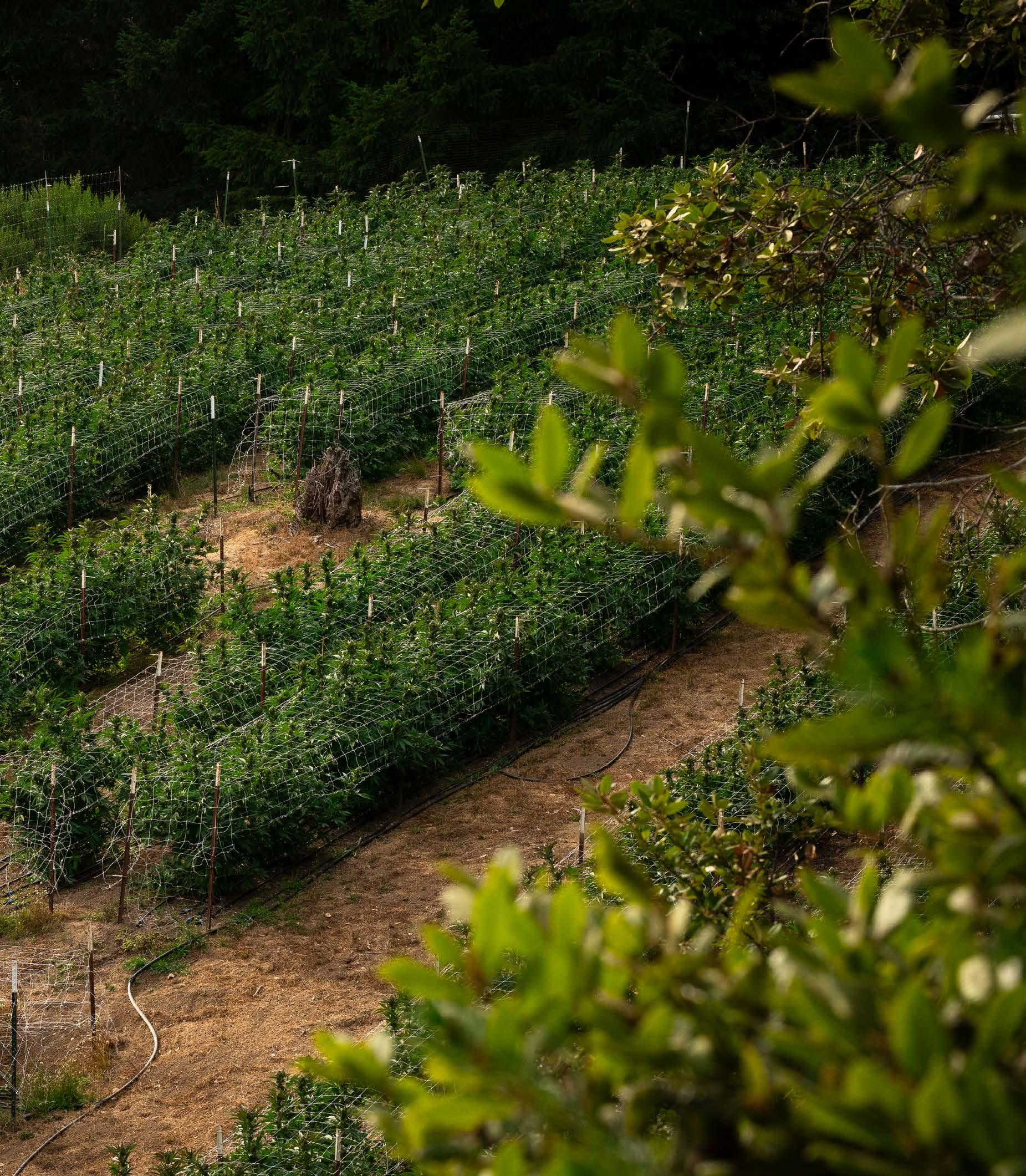
OWNERS NIK ERICKSON, DARIEN GRIFFITH, AND THEIR SON ON THE FARM
That instinct — coexistence instead of control — is what keeps him here. He started growing in the early ’90s, back when every supply run felt like a risk and irrigation meant carrying water in 5-gallon jugs up steep hillsides.
“You never stopped looking over your shoulder,” he said. “But the plants didn’t care about fear. They just wanted sun and good dirt.”
The rhythm of those outlaw years still runs through his work: quiet mornings, long days, no shortcuts.
These days, he’s part of Humboldt Family Farms, a collective built to keep independent growers like him afloat in a market better oriented toward larger farms and bulk sales.
Scott Vasterling, HFF’s founder, calls Erickson “a cornerstone.”
“Nik represents the true Humboldt farmer: family-run, sun-grown, craft-first,” Vasterling said. “Our job is to give farmers like him a way to survive without selling out what makes them special.”
Through the partnership, Full Moon’s flower reaches shelves across California under the HFF label — small-batch, soil-grown Cannabis that still carries the fog and grit of its origin. It’s more than distribution; it’s survival with dignity.
“You get to stay on your land and keep your name,” Erickson said. “That’s the whole point.” >>CONTINUES NEXT PAGE
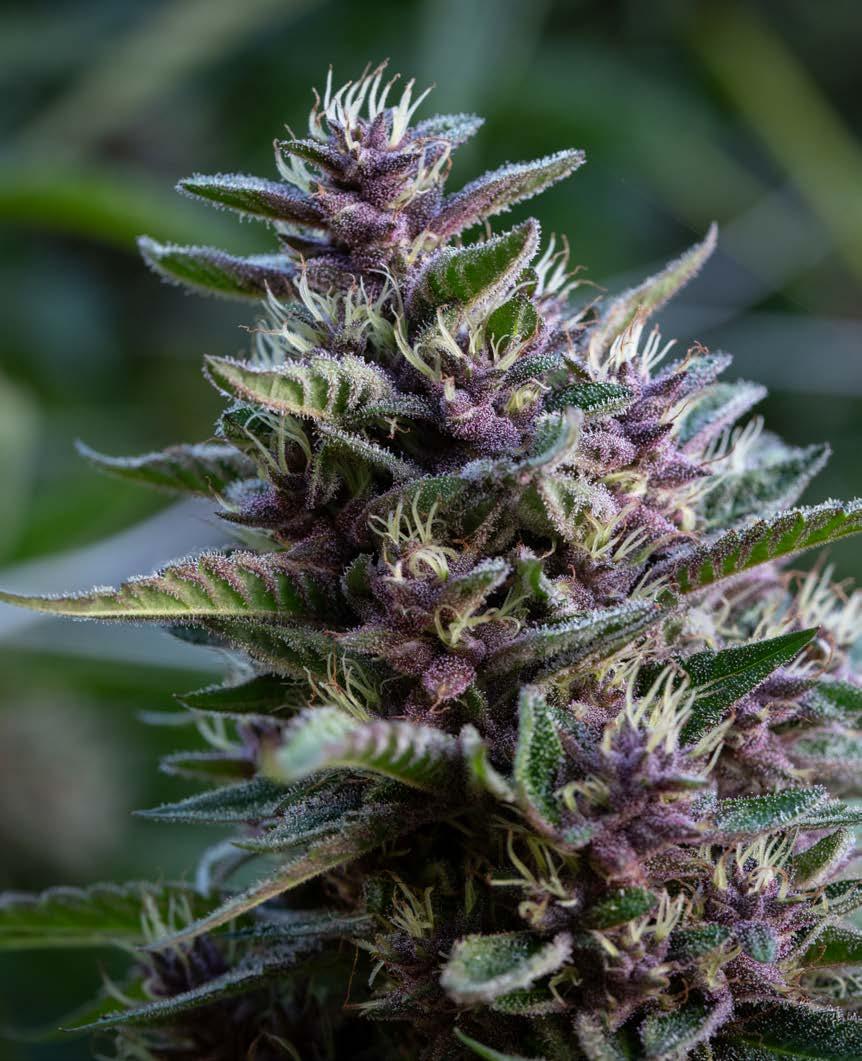
“YOU LEARN TO READ WHAT THE PLANTS ARE SAYING. THEY TELL YOU WHEN THEY’RE READY ...”
THE FARM ITSELF IS MODEST AND EFFICIENT.
Hoop houses are stitched together from salvaged lumber. There’s a water tank big enough to feed the ridge through dry spells.
Grapevines fill the dead space between rows. A kid — his son — runs barefoot with a magnifying glass, hunting for caterpillars.
“He’s learning fast,” Erickson said, watching him go. “Knows what powdery mildew looks like already. That’s Humboldt education.”
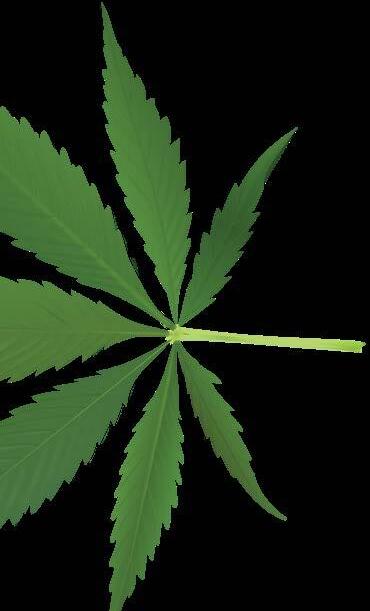

Photographer Ryan Johnson Bitar, who shot the farm this season, said nothing about Full Moon is posed.
“Nik doesn’t slow down for the camera,” he said. “He’s trimming, talking to his wife, checking pressure gauges. It’s all movement. You can see how much of it is instinct.”
Instinct and muscle, the kind that remembers where each strain belongs on the slope — the way OG likes it hot and dry, how mold creeps first on the lower beds, how the wind shifts before a storm.
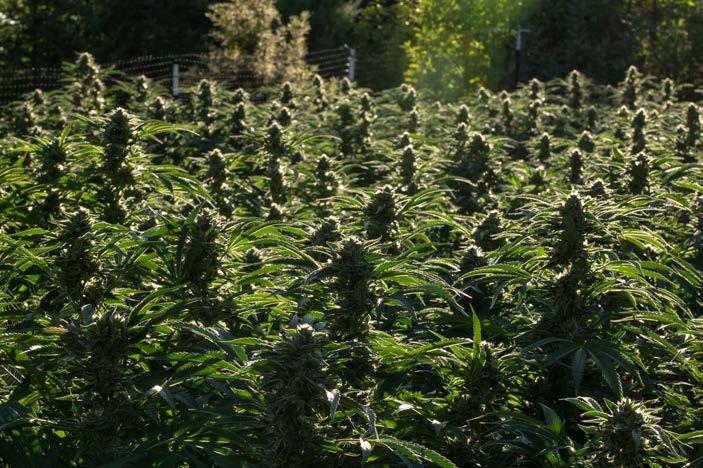
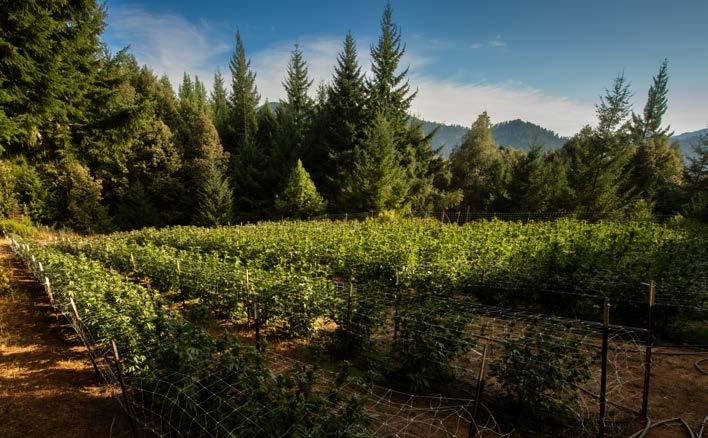
“You learn to read what the plants are saying,” Bitar said.
“They tell you when they’re ready, when they’re tired, when they’re just showing off.”
Erickson is still recovering, but you wouldn’t know it from the pace. The accident left scars and a deeper patience. He works slower now, steadier.
“You realize how thin the line is between everything working and everything falling apart,” he said. “That’s farming. You learn to appreciate the middle ground.”
That middle ground between legacy and legality, survival and success is where Humboldt lives now. The price per pound has collapsed, regulations choke the small guys and corporations push volume instead of craft. Yet farms like Full Moon and the HFF collective still pull harvest from the same hills that built the world’s Cannabis reputation. They do it with the same hands that used to run from helicopters.
“There aren’t many of us left,” Erickson said. “But the ones who stayed, we stayed because we love this. Because it’s ours.”
By late afternoon, the light bends low across the ridge, hitting the resin just right. The plants shimmer like they’re lit from within. Erickson moves down the line, clipping a branch, checking the cure, talking low to his crew. His wife stacks trays in the drying shed. The boy chases the dog toward the fence.
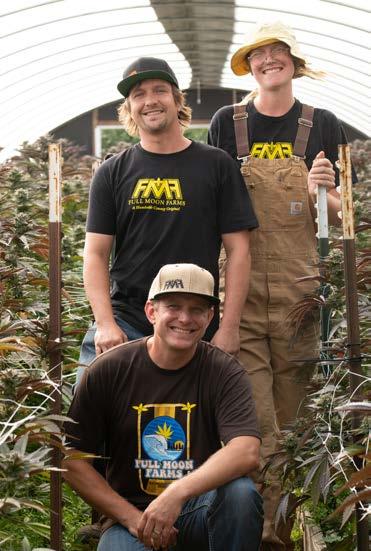
Everything hums: the generators, the crickets, the quiet pride of another harvest pulled from the Earth.
“This place has given me everything,” he said. “It’s taught me how to work, how to listen, how to start over.”
He wipes his hands on his jeans and looks across the valley, where the last light catches the tops of the trees.
“It’s all about staying grounded,” he said. “Literally.”


by Ryan Miklusak | Tim Rademaker
Cannabis has moved from the shadows of prohibition into one of Los Angeles County’s fastest-growing industries — and its economic footprint is impossible to ignore. In 2024 alone, California collected over $1 billion in cannabis tax revenue, with LA County representing a substantial share through sales, excise, and cultivation taxes. Those dollars flow back into local budgets for education, public health, and infrastructure, making cannabis not just a cultural shift but a fiscal engine.
At the same time, the cannabis economy is reshaping entrepreneurship. Unlike traditional sectors built on physical goods and long supply chains, cannabis operators are deeply tied to the attention economy — branding, lifestyle, and cultural relevance drive demand as much as the product itself. For Millennials and Gen Z entrepreneurs, this alignment of cannabis with digital-first marketing, community identity, and social equity programs makes it both a business opportunity and a movement. Cannabis startups operate like many other modern ventures: agile, culturally tuned, and hungry for recognition in a crowded market.
On the federal stage, momentum is building. The SAFE Banking Act, advanced multiple times in Congress, points toward long-overdue reforms that would finally give cannabis-related businesses stable access to the financial system. Rescheduling discussions at the federal level also suggest an environment where regulatory barriers may ease, creating space for legitimate growth and mainstream acceptance. For LA County — already home to thousands of licensed cannabis businesses — this could


unlock new investment, better compliance, and stronger consumer protections.
And yet, despite its promise, cannabis remains in a paradox: an industry recognized and taxed by the state, celebrated by a new generation of entrepreneurs, but still underserved by the financial institutions that could help stabilize and scale it. This is where community banks must step forward. By advocating for sensible banking access, offering financial education, and building tailored lending and service models, local banks ensure that cannabis businesses are not forced to operate in cash-heavy, high-risk environments. Supporting their growth means supporting job creation, tax revenue, and economic resilience across LA County.
Mission Valley Bank has already taken up that challenge. With a team of subject-matter experts, we work directly with operators to help manage cash securely, provide access to capital, and establish the financial credibility they need to grow. By helping clients move past the barriers that come with limited banking access, we work to ensure that cannabis businesses can focus on what they do best – creating jobs, generating tax revenue, and fueling innovation across Los Angeles County.
Cannabis is more than a trend — it is a test of whether our financial system can adapt to new industries that are shaping the future. For community banks, the choice is clear: continuing to stand with these businesses is not just advocacy, it is an investment in the long-term prosperity of the communities we serve.
crb@missionvalleybank.com | 818.394.2300

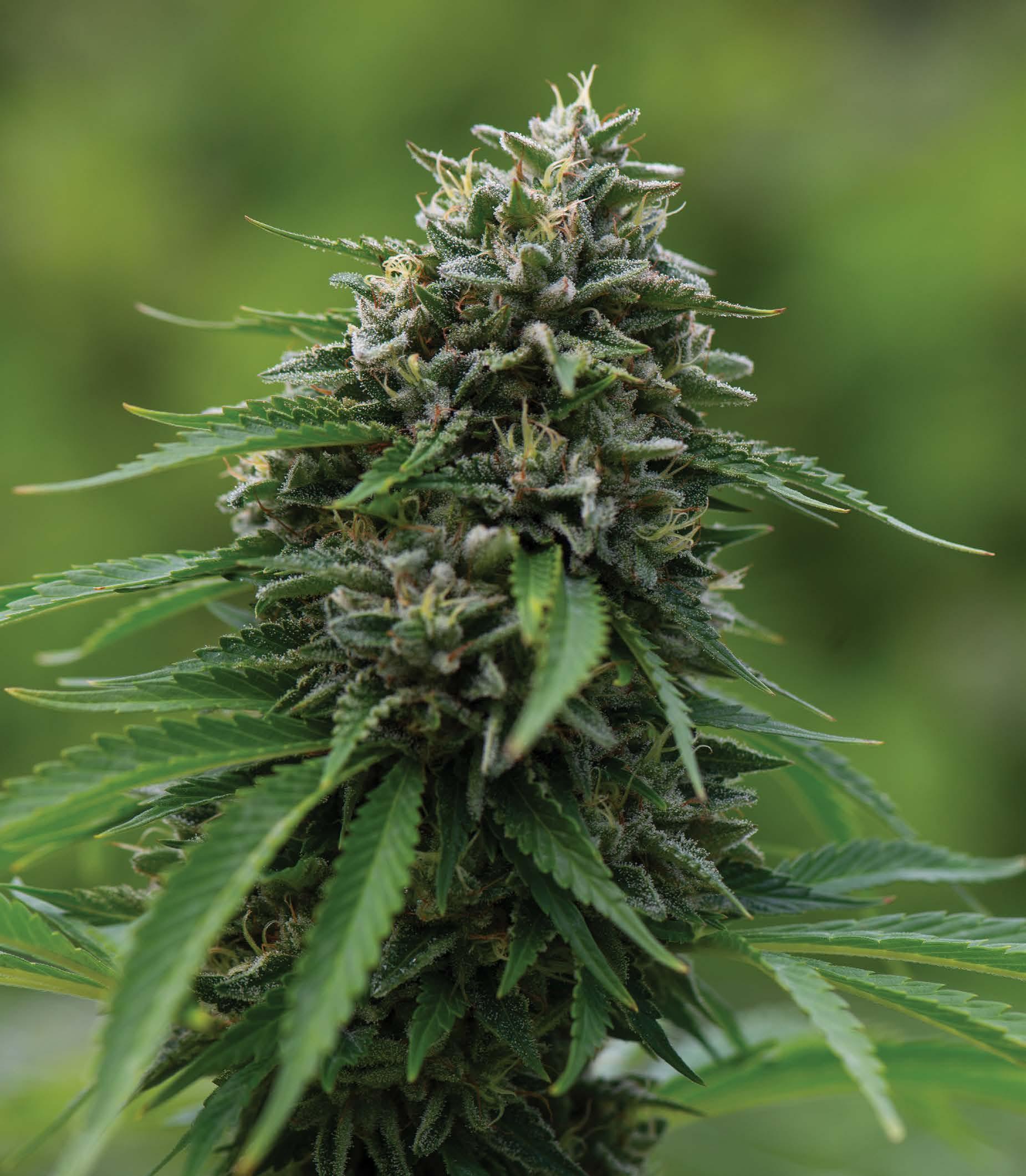

Terpene-rich, sun-grown flower used to sit atop the volume heap in communities where cultivation reigned. Planting and harvesting with the seasons — and relying on the weather and the big one-lighter in the sky for the bare necessities — helped the plant proliferate, providing a more affordable, approachable means of production for a wider array of would-be growers.



NOWADAYS, we’re seeing fewer and fewer sungrown farmers finishing their flower for consumer jars. Many growers are responding to changes in consumer expectations and demand and leaving the jarred flower to the indoor cultivators – the reigning champions of the retail jar appeal game.
That’s one of the things that sets Sunrise Mountain Farms apart in a world where their compatriots are starting to look afield for other options to stay in business. They soldier on as craft Cannabis cultivators under the Humboldt sun, resolute in their commitment to providing solar-powered flower for the market.
“I believe the effect and feel of sun-grown flower is the most superior,” said Lorelie Sandomeno, who co-owns the farm along with her husband, Dave Sandomeno. “I feel the complexity of the cannabinoids and terpenes is greatest in sun-grown flower, which translates to an amazing entourage effect. It’s bringing the full potential of the healing qualities and effect of the flower to a person.”
>>CONTINUES NEXT PAGE

LORELIE SANDOMENO became enamored of Cannabis at an early age, diving into the community in her teens and early 20s while living in other areas of the country. She ended up in Humboldt County around the turn of the millennium, where she started learning the intricacies of cultivation by assisting an experienced cultivator with a deep understanding of genetics.
Sandomeno said she became fascinated with Cannabis because while on a “healing journey.” She was a bodyworker and massage therapist and she started incorporating Cannabis in her work. The farm she worked on featured 20 different cultivars, which was pretty staggering at the time. The genetic diversity blew her mind.
“I became fascinated with the healing properties of Cannabis for myself and other people,” she said. “I didn’t have any books or anything. I just learned from people who had been doing it. I had mentors and I asked a lot of questions. I learned through trial and error and experimentation.”
Sandomeno bought the Sunrise Mountain property in 2004 and met her husband, Dave, a few years later. The two grew together and established Sunrise Mountain Farms as an LLC in 2016, bringing their craft to the licensed adult-use market. They currently operate 10,000 square feet of cultivation canopy on the property.
There was a time when they let half of their harvest go to fresh frozen, but now, they see more benefit in focusing on their sungrown flower brand. To them, it’s about what’s best for the people. The Sun+Earth Certified farm pheno-hunts most of its strains by popping seeds from trusted providers and has also bred some of its own genetics.
All cultivars are chosen for their ability to shine under the sun and are cultivated using Korean Natural Farming and JADAM techniques for home-grown soil management.
“THE SUN+EARTH CERTIFIED FARM PHENO HUNTS MOST OF THE STRAINS ON THE MENU BY POPPING SEEDS FROM TRUSTED PROVIDERS ...”
To ensure the most robust possible blend of terpenes, cannabinoids and flavonoids, the Sandomenos and their small team plant directly in the ground, in a living blend of native and built soil.
The microbiological ecosystem in the ground, the naturally occurring minerals from their spring water, the SoHum breeze blowing through the branches, the full spectrum of sunshine – all combine to make the plants strong, healthy and productive.
“The ecosystem in the living soil and the ecosystem above the soil surrounding the plant in its terroir brings the plant to its highest form of being,” Sandomeno said.
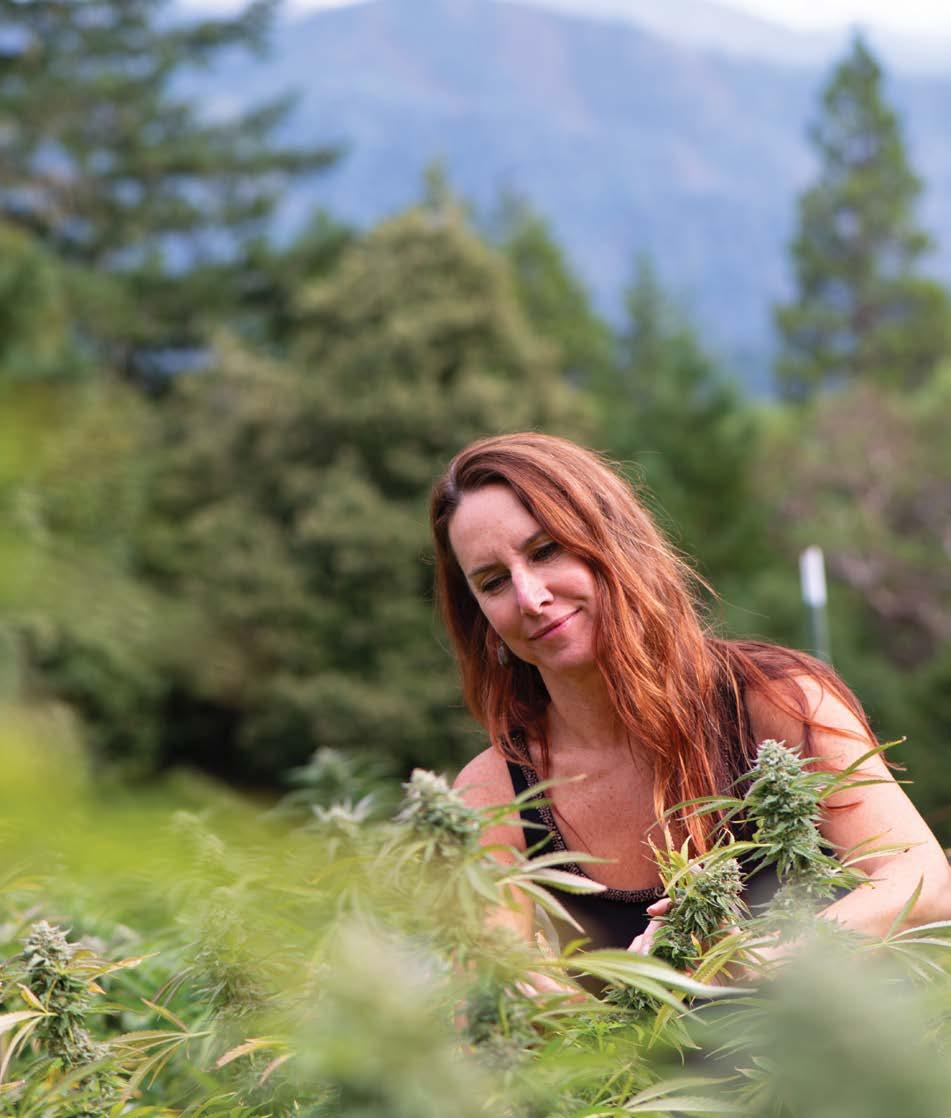
SIGNATURE STRAINS
Burmese Mimosa (Equilibrium Genetics)
Blueberry Muffin #4
(Humboldt Seed Company)
Crème de Luna
Hot Berry
Gelpaya
Pineapple Trainwreck
Ashram Kush
Peanut Butter Face
Banana Mist
Cherry Burger
Blueberry Headband
Strawberry G
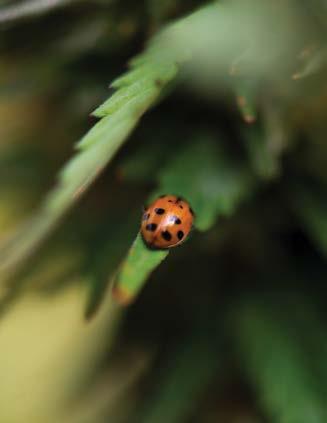

“Our bodies have been evolving with Cannabis since the beginning of humanity and plants have been growing in nature under the full spectrum of sunshine. I feel like it’s really special with the Cannabis growing in the vibration of the nature around it. It harmonizes with the plant and imbues the medicine with a high frequency.”

@SUNRISEMOUNTAINFARMS
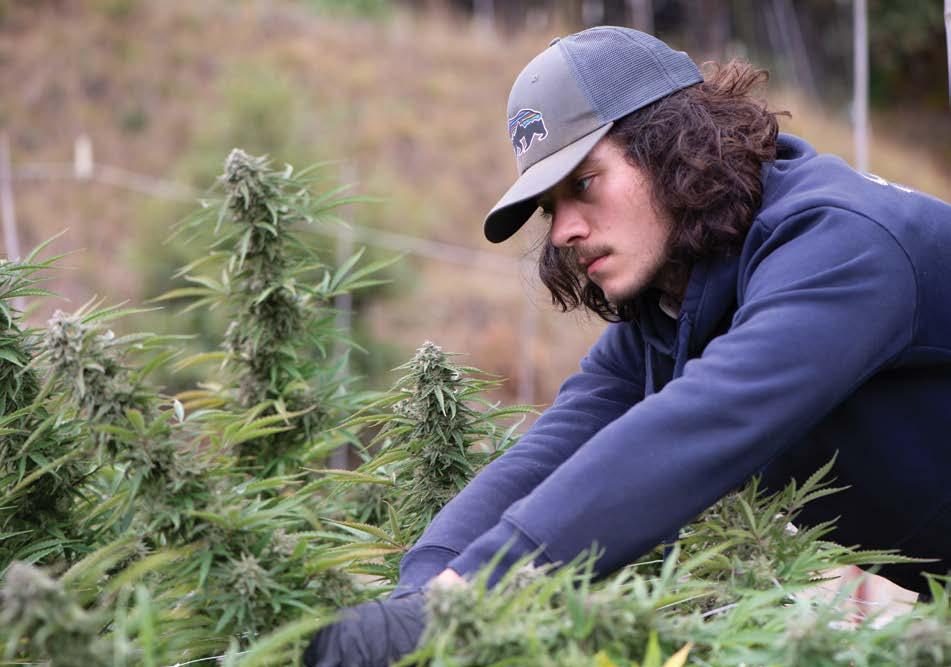







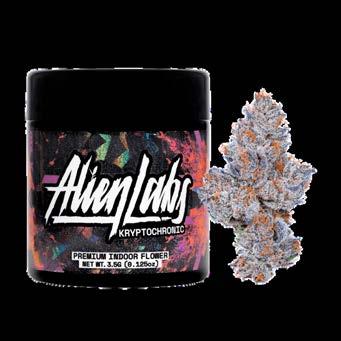








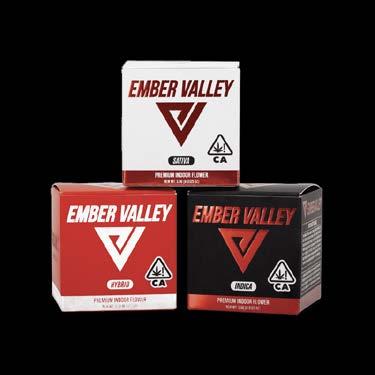


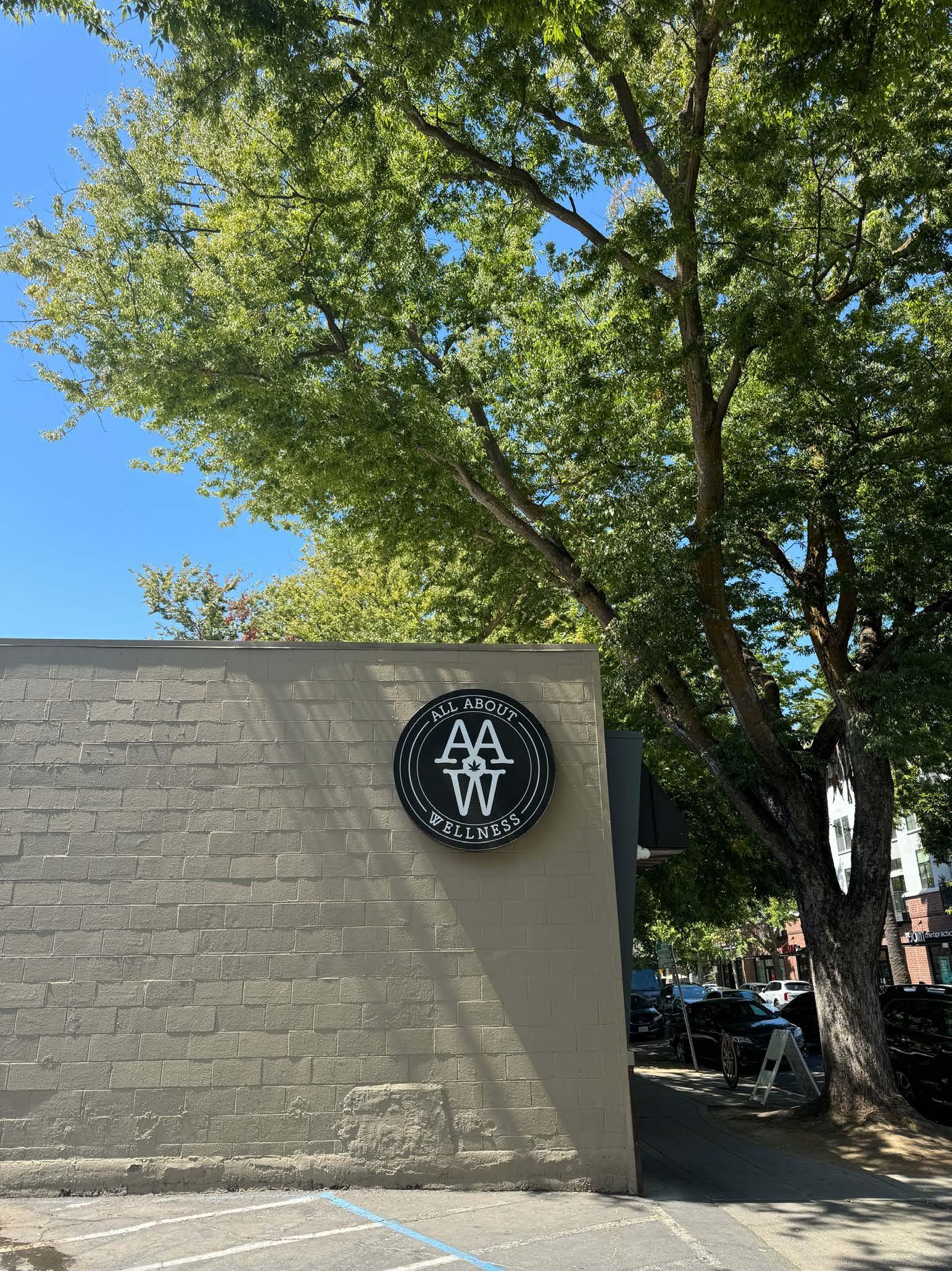





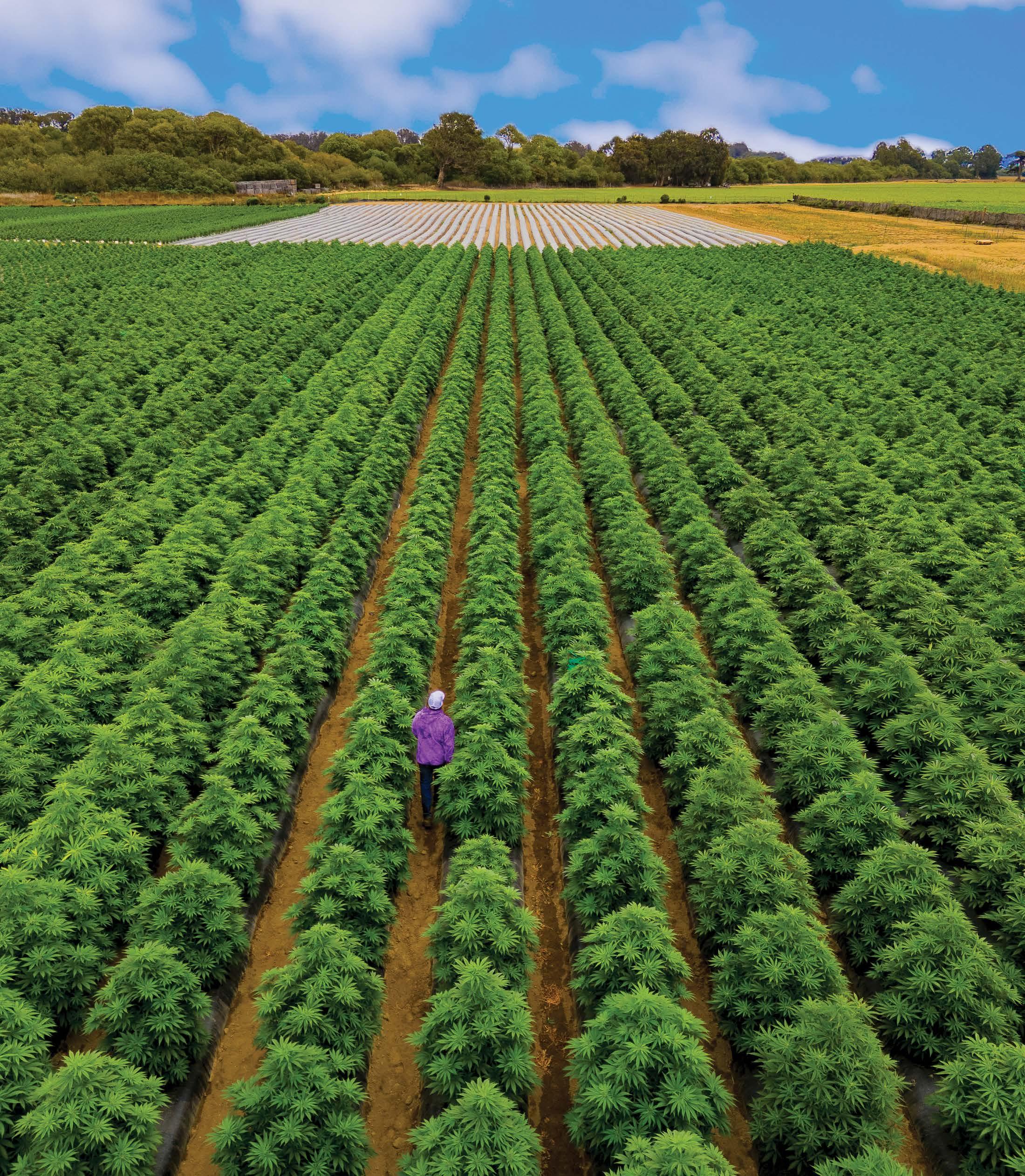
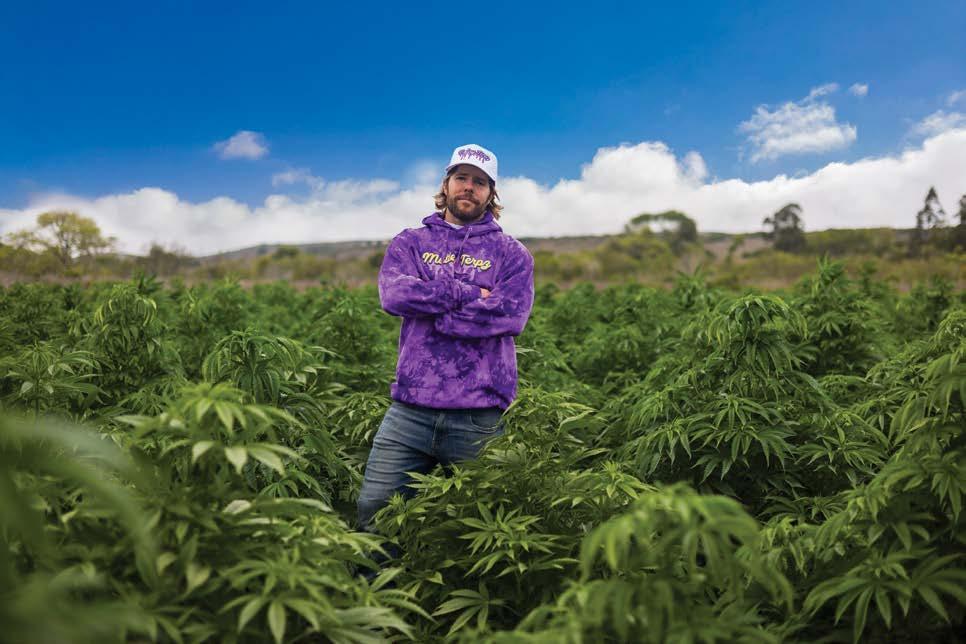
FOUNDER
MATT SCHNEIDER
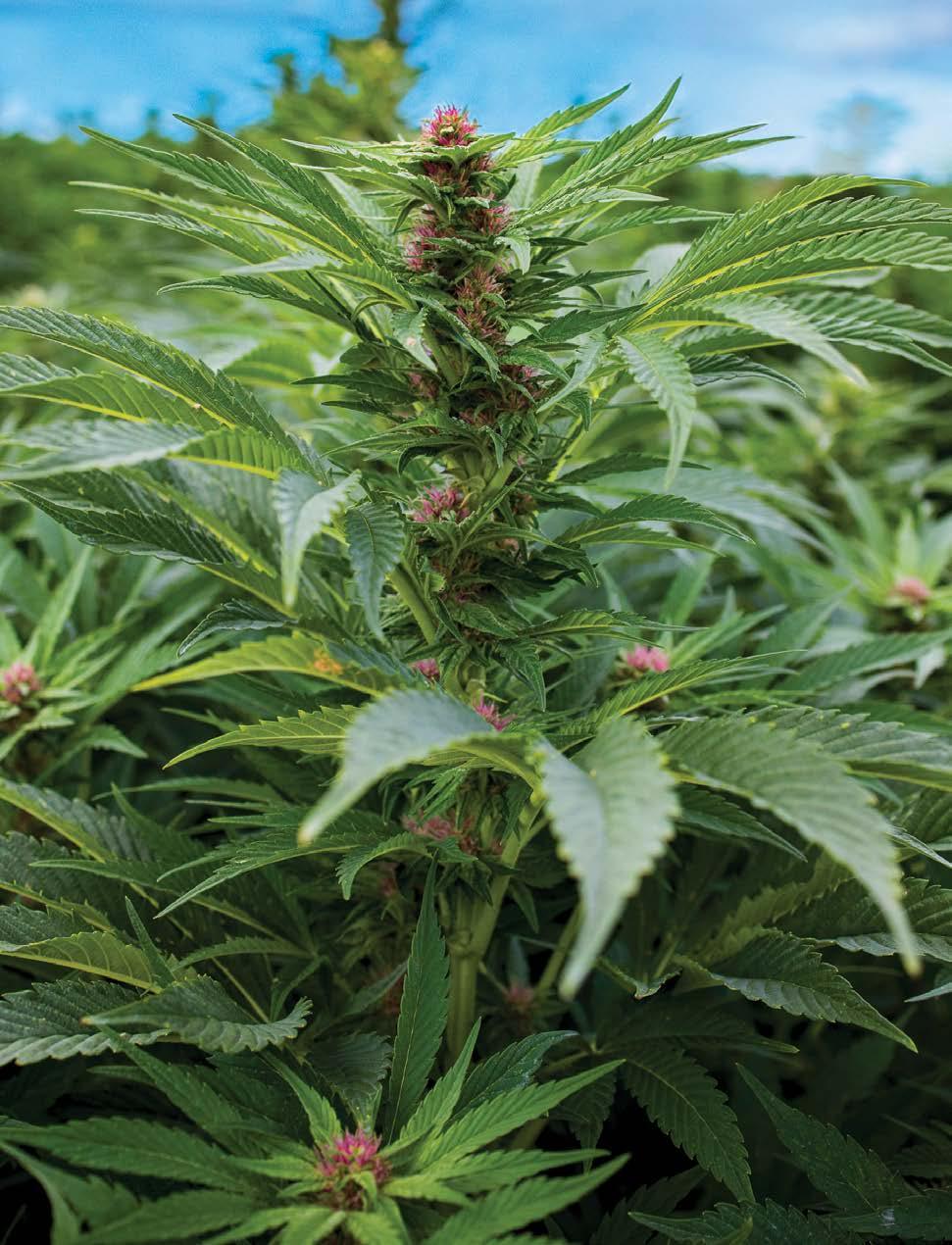

Like the plant itself, Cannabis companies and operators showcase a wide variety of characteristics and growth patterns. Some are determinate. Others stretch and reach for the sky. Santa Barbara–based Motley Terpz is definitely the latter. Founder Matt Schneider started his journey in the Cannabis community nearly 25 years ago and has since employed a philosophy of consistent growth and improvement to build a team that’s providing material and finished goods for a vast number of brands in the California market.
Schneider’s journey has been marked by steady movement.
“When I was younger everything was just about who had the best weed, who had this, who had that,” Schneider said. “It started just slowly buying ounces, breaking ‘em out with your buddies and then growing at home.”
By around 2008–09, Schneider had a couple of retail shops, but after they were shut down, he moved to Humboldt to focus on cultivation.
Then, in 2019, he acquired 14 acres in Santa Barbara, and Motley Terpz was born. The plan started to unfold when they began diverting roughly one-third of their output to fresh-frozen material.
“It just kind of grew from there, and eventually I was like, ‘I’m just going to do frozen,’”Schneider said. “It’s smooth business.”
Now, with significant production capacity devoted to fresh-frozen and product manufacturing rather than finished flower, the company has also been focusing on a long-term transformation into a “legitimate company,” as Schneider puts it, with strategic planning, a professional team and solid partnerships.
They start with top-tier genetics from their breeder partners, including Happy Dreams (Motley’s most popular flavor of last season was the Happy Dreams Triangle GMO), Bloom Seed Co., Purple City Genetics and a new collaborator for the 2025 harvest season, Humboldt Seed Company.
“We’re very fortunate that we have this great list of breeders who just have this wide menu that we can put out every season,” Schneider said.
On the production side, they work with a number of solid, known brands in different capacities.
SIGNATURE COLLABORATORS
ColdFire Extracts
Punch Extracts Bear Labs
Rosin Tech Labs
Master Makers
818 Brands
1904 Provisions
Cannacraft
Buddies
Axiom Hash
Hashish
“The list is continuously growing,” Schneider said. “I mean, we work with certain people who procure from us for the sole purpose of fresh frozen. Some people purchase from us to white label. So our portfolio of the things we’re able to offer our clients, it’s pretty big. I mean, I would say we work with about 50 manufacturers, and that’s not including white label. That’s not including buyers — Just people who are interested in frozen.”
Schneider sees harvesting for hash as the future of his business, if not the industry as a whole.
“If you think about how easy it is now to consume resin as opposed to how difficult it was before, you had to have this entire setup,” Schneider said. “You had to have a glass rig, you had to have a torch. And courtesy of Puffco and what they’ve done for the hash industry – just making it so easy to be able to consume the product – it has really helped to create the culture around hash … It’s just a beautiful thing to see where the hash industry is going right now.”
>>CONTINUES NEXT PAGE
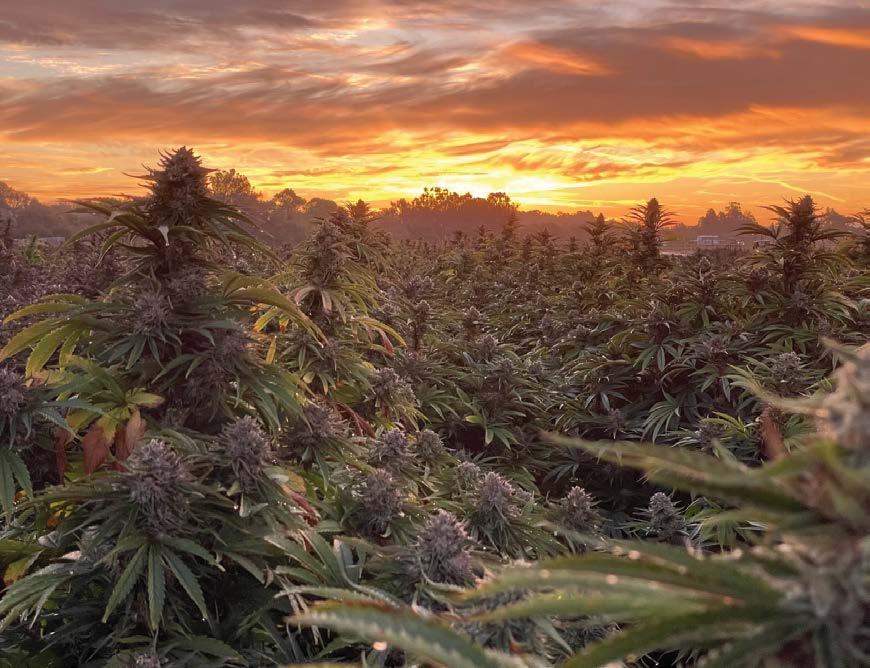
On their different properties, they utilize different methodologies. They have a large outdoor farm in Santa Barbara, but have greenhouses farther north in Watsonville. They have a total of 16 acres of grow canopy across all their properties (14 outdoor and 2 greenhouse).
“YOU GET THIS ONE BIG HARVEST A YEAR, AND THERE IS A LOT OF MAGIC TO IT.”
In the fall, the Santa Barbara harvest takes center stage.
“Outdoor is its own vibe right now,” Schneider said. “We have the harvest, it’s super exciting every year. Such a big part of what we do is, ‘What’s this year’s crop going to look like?’”
Schneider and his team work to continuously improve their outdoor cultivation. It all starts with the location of their farm.
“Where our farm in Santa Barbara is, we’re right off the Santa Ynez River, so we’re actually in the floodplain,” Schneider said. “We have this really beautiful soil. I’ve been, for a long time, just growing in the native soil and just really trying to build the soil.”
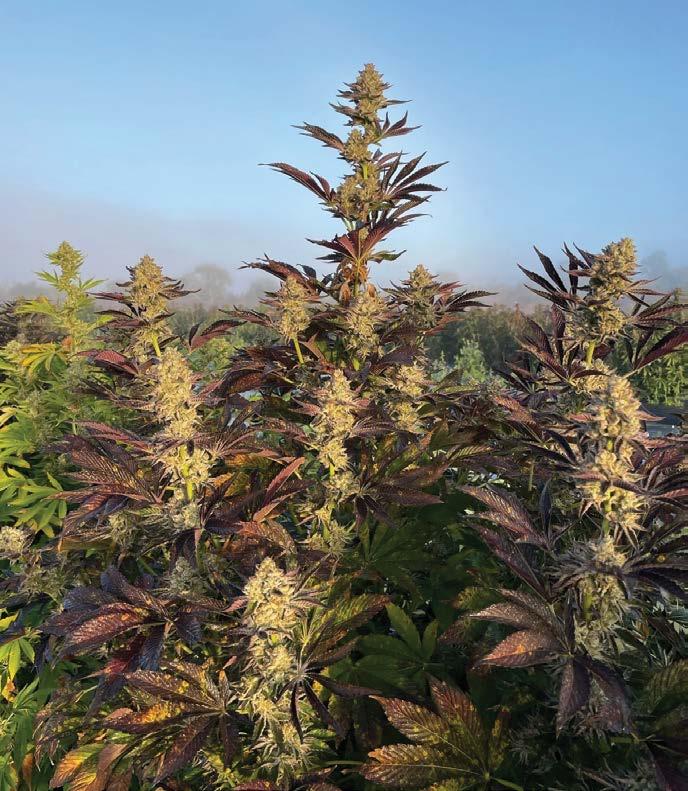
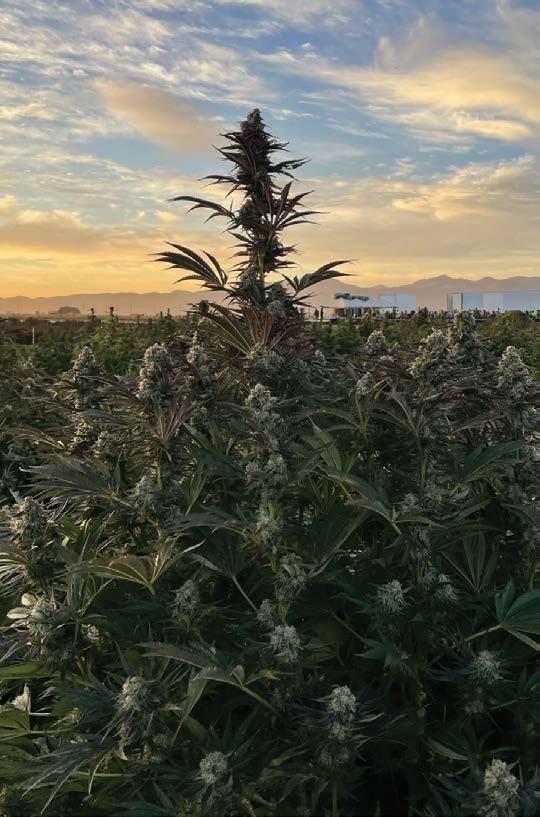
“At the end of the year,” Schneider continues, “I’ll send in labs to a few places like Kenzie Ag and a few other testing facilities, and they’ll just give you all your recommendations of what you want to put in. And then we’ll plant our cover crop and we’ll really work that in. And then throughout the season, we’re always feeding with micronized nutrients and humic and fulvic acids, and just putting in just as much microbiology as we can get. Making sure that we have really well-balanced soil. I feel like that is a huge contributing factor to having really good-tasting, healthy-looking plants.”
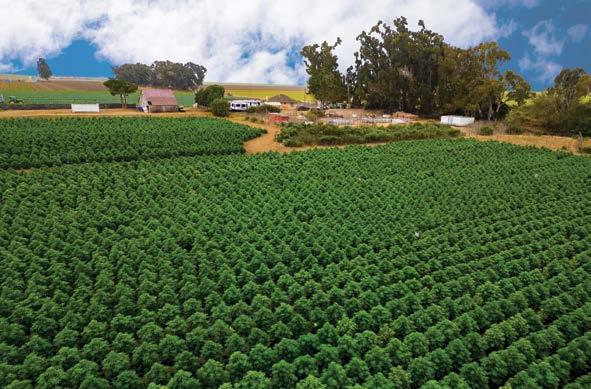
Bringing down 14 acres of canopy is no small feat. Schneider says the energy is electric each fall.
“You get this one big harvest a year, and there is a lot of magic to it,” Schneider said.
“It’s always the most exciting and stressful time of the year. It’s a whirlwind. I mean, you’re working from dusk to dawn, everyone comes out, there’s a lot of community vibes. It’s exciting, but you got that one shot, then you always deal with, ‘What’s the weather doing?’ You never know, right? I mean, one time we got hit with a lightning storm and three days of rain, then it blew over and the crop was doing well, but had that persisted, that would’ve been pretty dicey. It’s always throwing some curveballs and it’s just part of the harvest experience.”
Schneider is thankful to have a large team and such a dedicated group of collaborative brands and companies that are down to get in on the harvest action.

“It’s cool right now,” Schneider said on a call in October. “We have a huge crew and almost every single person from every single department has come to support. We’ve got amazing collaborations with a lot of great partners and they’ve been coming to the farm. It’s really exciting.”


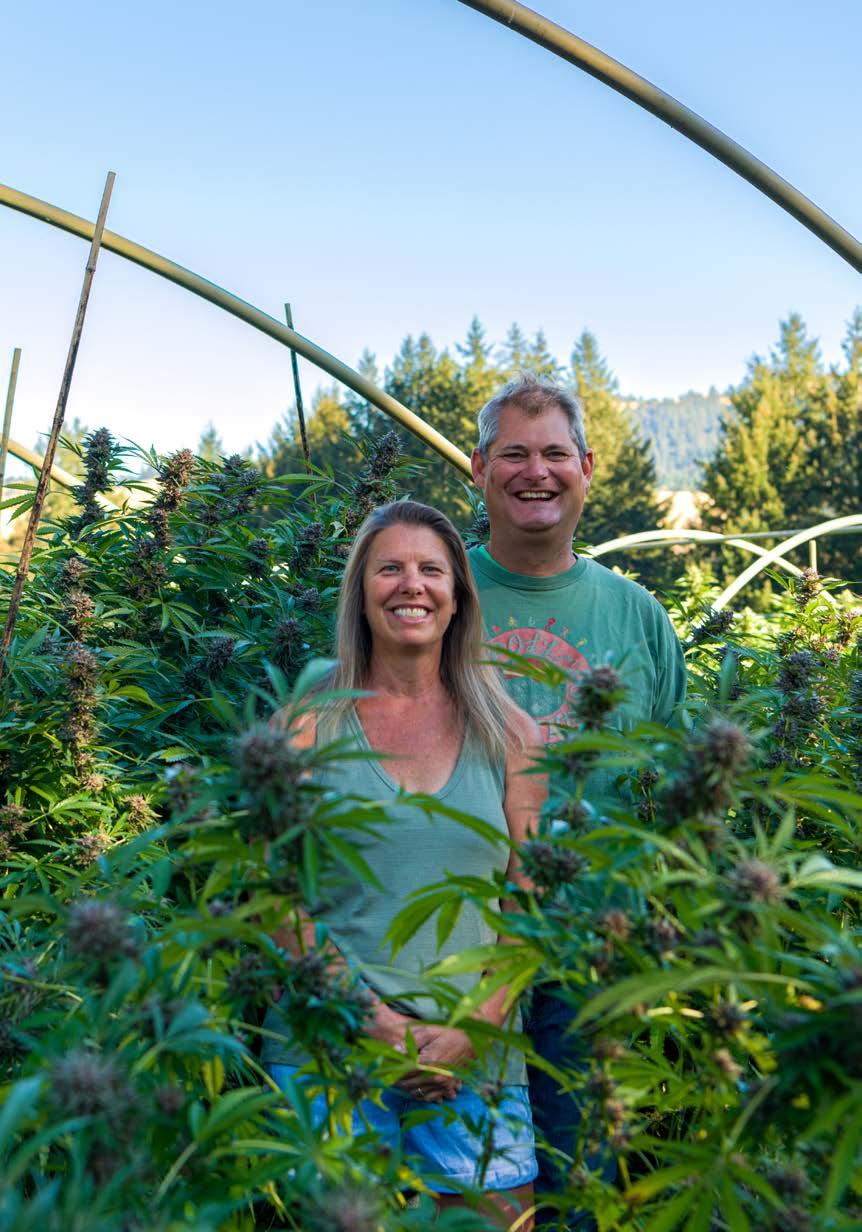

Scribbling down the doodled Humboldt County roads, winding one’s way to the remote farms of Honeydew, it’s easy to get lost in the majesty of some of the most beautiful country in the world. It’s a difficult, sometimes harrowing but epically enjoyable drive — past washed-out hillsides, savage switchbacks, hidden driveways and tiered hoophouse gardens. It’s out in sweet, secluded Honeydew, on the edge of civilization, that Mattole Valley Sungrown found its piece of pot paradise.



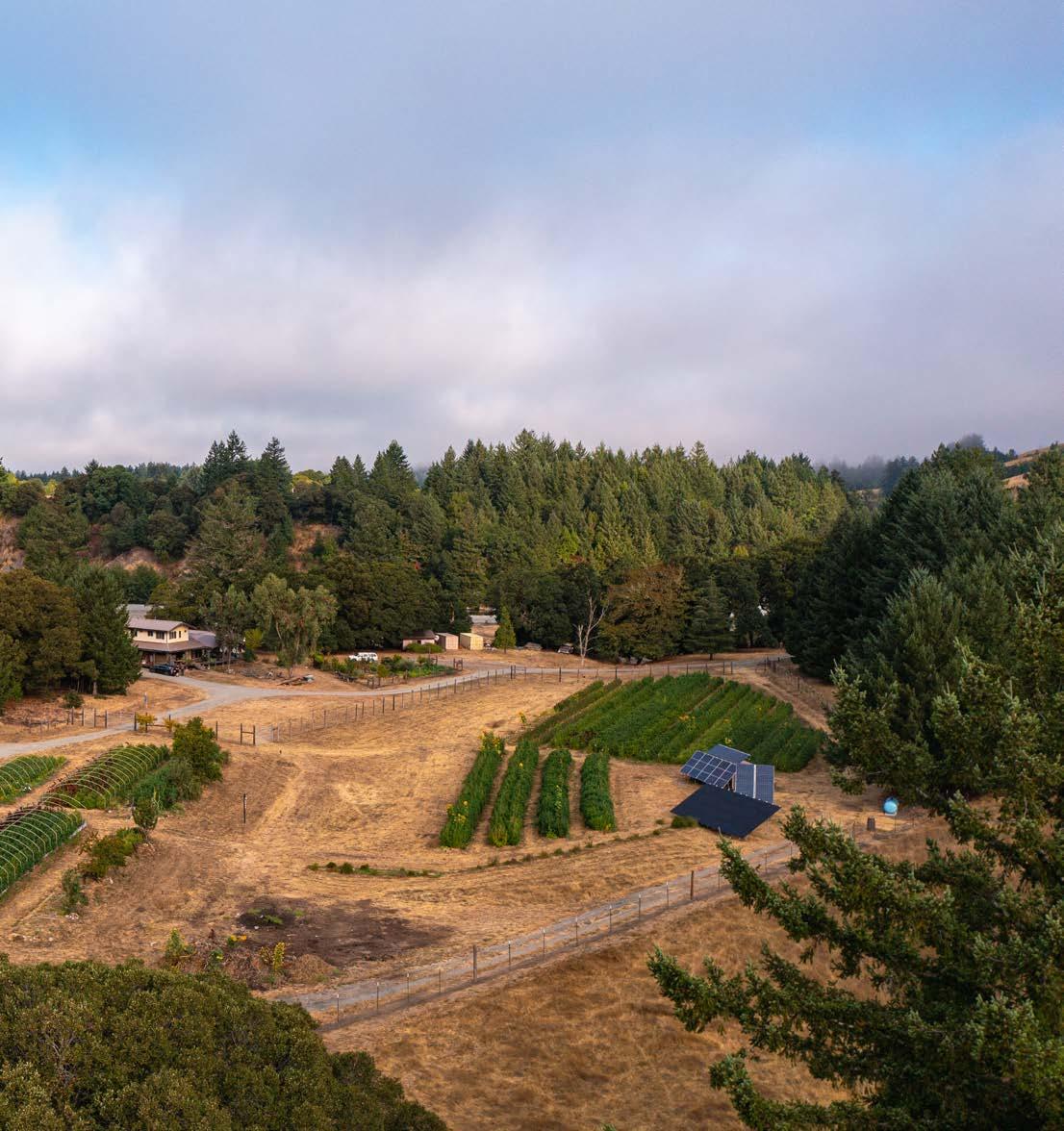


FOUNDER DYLAN MATTOLE grew up in the area, and though he moved away for a time to earn a living in commercial real estate, his life out in the wilds of Humboldt kept beckoning him back.
“My dad changed the family name officially, soon after I was born, to Mattole,” Mattole said.
“He named the family after the river, and we lived on the river. It’s been a long ride, but we’re still here, still going.”
Adopting what he describes as a “homesteading” approach to farming, Mattole isn’t trying to be the biggest or the fanciest farm. He does, however, want to be known for excellence.
This small craft farm has become known for phenomenal expertise in cultivation, especially when it comes to washing strains for hash-making, a pursuit Mattole started in earnest in 2020.
Now, aside from one small batch of flower for The Pairist to use in a collaborative pre-roll project, Mattole farms exclusively for hash.
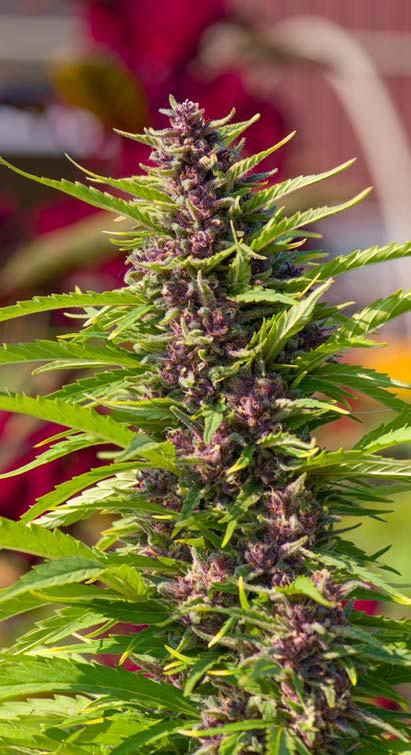
They work with some amazing hash-makers, including Ay Papi, Nasha, Master Makers and Hashish. Their Purple Papaya six-star full melt collab with SoCal-based hashmaker Ay Papi won the coveted 2025 California Leaf Bowl Award in the Full Melt category.
“We’re also working with Punch Extracts for the first time this year,” Mattole said.
“We feel fortunate that we’re getting a lot of calls for our product right now.”
MVP23
Paradise Rose (from Huckleberry Hill)
Purple Papaya
Whitethorn Rose
Mazapan (new for 2025)
In the early days post-launch of the regulated adult-use market, Mattole’s path wasn’t so clear. At first, they launched their own finished flower brand.
“I put it out and didn’t get paid for most of it, and I realized that’s dangerous,” Mattole said. “I need to focus on relationships instead.”
Now, he listens to his partner brands, what they say they need and what the market needs, and they aim to fulfill those needs. Demand is up and production is down, so things are looking good this year. Most of their 25 hunted and washable cultivars for 2025 have been accounted for already.
>>CONTINUES NEXT PAGE

“MATTOLE TAKES AN INTENTIONAL APPROACH TO SELECTING THE PERFECT STRAINS FOR HIS CLIENTELE.”
“I’VE BEEN GRAVITATING TOWARD HASH AND ROSIN, BECAUSE THAT’S WHAT PEOPLE WANT FROM ME,” MATTOLE SAID.
“There’s a lot of reasons why fresh frozen works for me. The way that I grow, full sun, in-the-ground native soil … it’s all very simple old-fashioned farming and it turns out that it produces really good resin. Since I started doing that, the demand has grown more and more. We’ve been putting more and more into the freezer. Before, we were drying more batches for cured traditional hash, temple ball hash. For being off-grid, this works much better for me.”
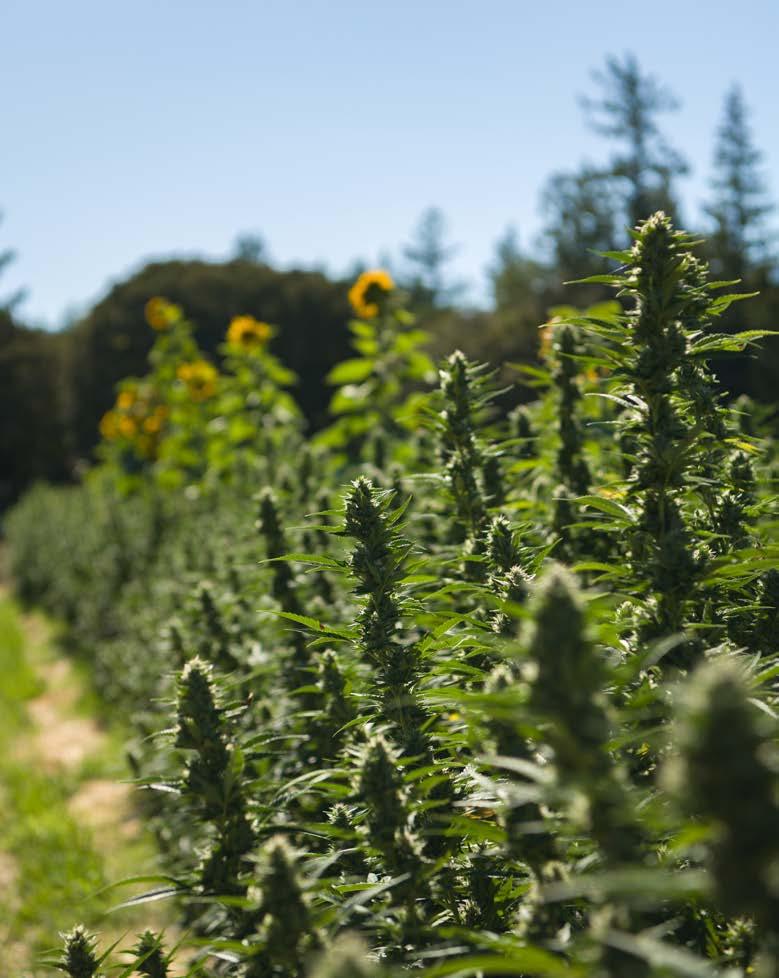
It’s definitely a specialty crop and it takes different infrastructure.”
Mattole takes an intentional approach to selecting the perfect strains for his clientele. He works with local nurseries such as Pacific Roots Cannabis to gather genetics and he spends the winter doing pheno hunts. He then puts out a menu of genetics and sends it to buyers. They tell him what they’ll want to see out of the coming year’s harvest.
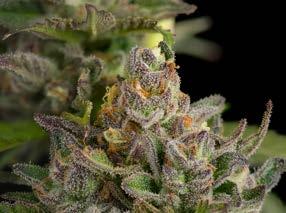

That said, switching to washers isn’t the solution for just any farm who’s having trouble offloading their finished flower. You have to develop it and it takes a specific set of skills.
“You can’t just decide to do this because the flower market sucks,” Mattole said. “I’ve been working up to this for a long time.
“Then that’s what I put in the ground,” Mattole said of his method of demand planning. “That’s why we’re still in business. I’ve been trying to do this for a long time.”
His form of success has taken a combination of talent, skill, happenstance and smart decision-making.
“It’s a very challenging market,” Mattole said. “It’s competitive. There are massive farms that are doing fresh frozen and selling that product at a much different price than we are. I think the proof is in the pudding.“

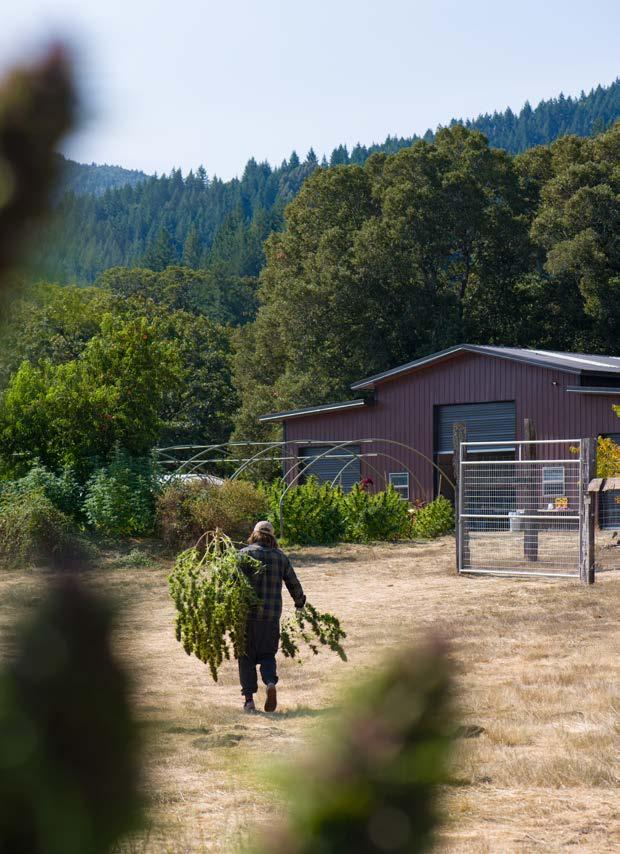











Mac White is a different breed. When the going gets tough, he just crushes through and perseveres. When he gets a vision, he doesn’t know the word “stop.” “I always looked up to Elbo and Coyle when I was first getting into glass, the way they could make it look like another medium always drew me in,” Mac said.

His journey on the torch started in 2012. When he relocated to Bellingham, Washington, in 2014, Whitney Harmon and I were fortunate enough to have him land at our studio, the Honeycomb Hideout, where he continued to create for another seven years or so before heading off to Albuquerque, New Mexico. In that time, I watched his talents grow to great lengths.
Mac also has a background in freehand art with a lot of different mediums. The mixture of that skill and glass art has made for some memorable pieces over the years.
You will see a couple of examples here where Mac either collaborated with others or made pieces himself. He then went on to freehand etch with graphics of another caliber, making these truly one-of-a-kind pieces of art.
His most recent drops were at Prism Smoke Shop in New York and Zee Vapor in Illinois. He usually has a piece or two available on his Instagram, so check him out there as well.
I also want to give Mac and his new fiancee, Emma Palmerton, a huge congratulations on their recent engagement, where he got down on bended knee during their trip to Greece!









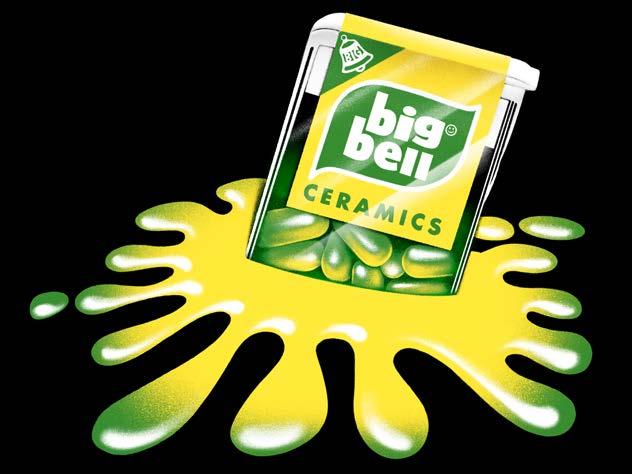

This acclaimed designer, illustrator and graphic artist creates dynamic, eye-popping work for huge names in both the music and Cannabis scenes.
A SOUTHERN CALIFORNIA KID, Shur got his Bachelor of Fine Arts in printmaking at California State University, Long Beach. In 2018, at a studio on campus, Shur said he encountered an airbrush paint gun, went home, ordered a cheap set online and started teaching himself.
Seven years later, airbrushing is the most requested medium by his graphic design clients, though he mostly produces digitally now, as it requires less space and is most often used for apparel.
With a portfolio that includes work for Fleetwood Mac, ZZ Top, Green Day, Creedence Clearwater Revival and the Grateful Dead, many of Shur’s illustrations and paintings carry a vibe that evokes classic rock and the lava lamp era.
He describes his art — which often looks like it belongs on black velvet — as “vintage head shop through a fun house mirror.”
Growing up in Los Angeles as part of the skate and punk music scenes, Cannabis is “just part of something you're going to run into when you're a part of those subcultures,” Shur said.
As far as his artistic process goes, he said weed helps him calm down and focus on the task at hand.

“I feel like I'm a really fastpaced person to begin with,” Shur said.
“Weed helps even that out, so I can calm down and really get into it as long as I don’t have anything important to do afterwards. Plus, listening to music’s always more fun when you’re stoned.”
The Leaf asked him: What’s currently on repeat in the studio? Shur said he often goes on heavy kicks of certain music styles, and right now, the classic rock bug hit during a trip to South Korea a month ago.
“I was in the hotel in the middle of the night blasting Hendrix and Motorhead. That’s how the tear started.

Now I’m stuck on Hendrix’s Electric Ladyland.”
Shur told the Leaf he began working with Cannabis clients, like Jelly Wizard and Dammit Bobby, around 2019, shortly after he started airbrushing. He said people in the Cannabis space are good about collaborating on a solid jump-off point or letting him run with the vision he has in his head.
When asked what he thought first drew people from the Cannabis industry to his art, he said, “Everyone loves a blacklight poster.”

KSHUR.BIGCARTEL.COM @NOT.SHUR


“I FEEL LIKE I'M A REALLY FAST-PACED PERSON TO BEGIN WITH. WEED HELPS EVEN THAT OUT …"
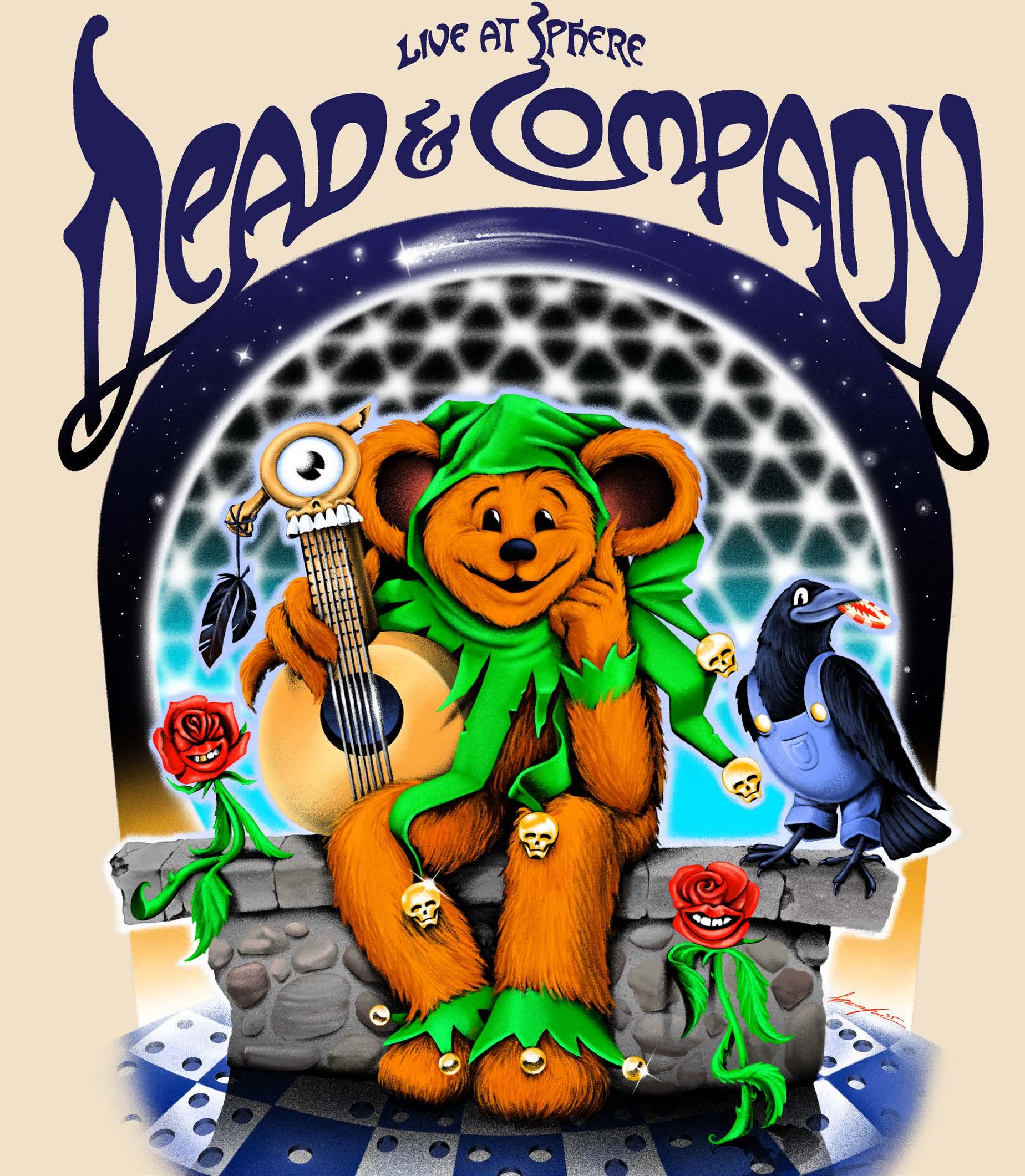


With his long, colorful dreadlocks, braided beard, hemp clothing and exquisite crystals, Marc Rossman — better known as Soma — comes across more like an Eastern guru than a Dutch seed merchant. That’s because this Amsterdam-based American expat has devoted his entire life to the hippie ideal, new age spirituality and the sacrament of Cannabis — earning himself a reputation as one of the world’s most beloved breeders.
Marc Rossman was born on August 22, 1949, in Pittsburgh, Pennsylvania, to middle-class Jewish parents of Slavic descent. When he was just a year old, his mother and father divorced. Two years later, she moved him to Queens, New York, and remarried. After graduating high school at age 17, he tried to join the Air Force but was rejected due to a kidney condition called orthostatic albuminuria. Instead, he spent the Summer of Love sorting mail for IBM on Madison Avenue. Fate, however, had other plans for him.
“One day, a mail carrier from another office came in and asked me if I’d ever smoked marijuana,” Rossman recalled. “I said, ‘No, but I’d like to!’ The next day, he brought me 15 pin joints for $5! So, right after work, I walked down the East River and lit one up. By the time I finished smoking it, I thought, ‘Wow — I really like this stuff!’”
Rossman started smoking regularly, growing his hair long and wearing pastel-colored shirts, eliciting a reprimand from his boss.
“He said, ‘You gotta get a haircut, and this is a white-shirt-only place.’ And right then and there, I said, ‘I quit.’”
FROM MADISON AVENUE TO MADISON, WISCONSIN
Rossman spent the summer of 1969 in Haight Ashbury, where he lived in a commune, dropped acid and smoked tons of weed. When the commune disbanded that fall, he headed back to New York and drove a yellow cab for about a year. But after finding the city inhospitable toward hippies, however, he moved to Madison, Wisconsin, in 1970.
Once there, he went vegetarian, became a “Jesus freak” (his words), gave up weed and learned how to bake organic bread. For months, he lived sober and celibate on an all-male Christian commune, studying the Bible and proselytizing on the streets. That is, until one night, when he was preaching to a topless dancer and ended up breaking his vow of chastity, after which he was cast out.

BAKED & BAKING
Rossman decided to utilize his newly acquired breadmaking skills to open a bakery. After purchasing some used equipment in New York, he and his best friend moved up to Putney, Vermont, and opened a bake shop/vegetarian restaurant called Salt of the Earth.
After work, Rossman would sit in his second-story boarding room, roll joints and toss seeds out the window. Then, one spring day in 1971, he noticed that around 20 little pot plants had sprung up under his window. He uprooted them and replanted them near a friend’s cabin in a secluded knoll up on Putney Mountain. But that August, just before harvest, park rangers discovered the plants and chopped them down. Rossman and his friend were both arrested and sentenced to a year of probation.
MUSHROOM MARC
It was also while in Vermont that Rossman first tripped on psychedelic mushrooms. Shrooming had such a huge influence on him that he decided to abandon his bakery and go find somewhere to pick them.

He read a book called “A Key to the American Psilocybin Mushroom,” which apparently stated that the best place to find them in the wild was Alachua County, Florida. And so, Rossman and his friend drove down to Florida in search of free shrooms.
Once there, they asked a random hippie where they might find some wild mushrooms. The hippie directed them to a specific farm, where they climbed over some barbed wire and started looking for cow pies. But within minutes, a

pack of bloodhounds and a shotgun-toting farmer were chasing after them. Needless to say, they hightailed it out of there … but not before the farmer unloaded a barrel full of buckshot into the side of the car.
Luckily, they later found a location that was less dangerous and more fruitful.
“We found a magic field with no problem from farmers,” Rossman recalled. “It had so many mushrooms that every time we went picking there, we’d fill up our straw baskets to the brim, and we did that every day for a while.”
Eventually, his friend decided to head home, but Rossman stayed — pitching a tent in the woods next to the “goldmine” field and continuing to gather shrooms, which he then dried and traded for his necessities in Gainesville. “For a whole month I went without any physical money — I only had the mushrooms I’d picked to trade for all my needs,” he boasted. “I became known as Mushroom Marc.”
While in Florida, he was also able to begin growing his own weed using seeds he’d saved, including Colombian, Southeast Asian Thai, Ruderalis Afghani and even an all-American local variety called Gainesville Green.
Unfortunately, in 1980, police raided his outdoor grow, seizing around 200 kilos of weed. What’s worse, he also got into cocaine and heroin during this time, and ended up serving 25 months of a four-year sentence for drug trafficking. The only silver lining to his incarceration was that he went cold turkey and never looked back.

“I was given 14 different kinds of Cannabis to judge, and every single strain in those days had seeds, so I ended up with like 200 seeds.”
In 1994, Soma invited Jack Herer to speak at his hemp shop. During that visit, Herer told him that he was traveling to Amsterdam in November to serve as a celebrity judge at the Cannabis Cup and asked if he’d like to come. Defying his probation, he accepted the invitation and was also made a judge by High Times.

or rather on “Amos Washington,” a new alias created specifically for the magazine (“Amos” being “Soma” backward). Soon, he was writing articles for them, as well as for 15 other international Cannabis publications and websites.
In 1999, he gave his first grow seminar at the Cannabis Cup and won third place Indica for his Reclining Buddha
After his release from prison in 1985, Rossman wanted to get as far away from Florida as possible. So, as soon as his probation ended in 1991, he hopped in his camper and headed to Oregon (where Cannabis was only a misdemeanor). There, he stayed with a buddy in the mountains, who taught him how to grow organically and gifted him with some starter strains, including Big Skunk Korean. With his new knowledge and genetics, he moved down to Eugene and started his first organic indoor grow in his attic with his daughter Willow’s boyfriend, Anthony. Just before harvest, they shot some photos of the garden. When he sent Anthony to get the film developed, he made sure to specify not to give a name. But Anthony foolishly gave them the house’s phone number, and the developer called the cops on them. The garden was raided, and Rossman took responsibility to protect his kids. As a result, in 1994, he spent six months in Eugene County jail before being released on another three-year probation.
In 1993, Rossman also opened Sow Much Hemp — one of the first few hemp stores in America. The shop only lasted for two years, but at least one aspect of it had a far more lasting legacy.
“That’s actually where I came up with the name ‘Soma,’” Rossman explained, “from the name of the shop — ‘Soh-Muh’-ch Hemp.”
“I was given 14 different kinds of Cannabis to judge, and every single strain in those days had seeds, so I ended up with like 200 seeds,” Soma told HT in 2014. “I labeled them, smuggled them back to America and planted them all. I started mixing the Amsterdam genetics with my own and ended up with all of these new crosses.”
Among the many new varieties he later developed were Afghani x Hawaiian, Buddha’s Sister, Amnesia Haze and Hash Plant. Soma turned this impressive library of genetics into his own underground seed bank, Seeds of Courage.
Needless to say, he had the time of his life in Amsterdam. “We got so inspired by the Cannabis freedom that existed there that when we got back to America, we said, ‘Let’s move there.’”
By the end of 1995, Soma had fulfilled his dream of expatriating to Amsterdam — moving into a warehouse space recommended to him by Gene from Serious Seeds. Since he’d jumped probation back in Oregon, he put everything in his girlfriend’s name so it couldn’t be linked to him.

Nevertheless, his home grow was raided within his first year there; apparently, Serious had previously grown at the space, so the “politie” were hip to it.
Soma had around 750 plants, all of which were chopped down — including his 51 mother plants. Luckily for him, since they’d left a few bottom branches, he was able to revive half of them. And despite the large number of plants, he says he only spent six hours in jail, thanks to a friendly pot-smoking officer who declined to file charges after appropriating one of Soma’s plants for himself.
Over the next few years, Soma’s relationship with HT continued to grow. In 1996, HT’s cultivation editor Chris Simunek wrote two articles on him —
— the first in a long string of Cup wins over the next several years.
Since rebranding his company from Seeds of Courage to Soma’s Sacred Seeds in 2001, Soma’s ge netics have won many more awards, and he has judged numerous other competitions.
This past May, Soma had a stroke at age 76, causing him to “lose his mind for a little while.”


“All of a sudden, I couldn’t communicate,” he confessed. “I stopped being able to speak. (My granddaughter Lexis) was asking me a question, and my reply was total gibberish. I also lost a lot of my memory.”
In addition to cognitive issues, he also began experiencing up to a hundred seizures a day. When news broke about Soma’s condition, there was a massive international outpouring of love and support on social media.
“I felt it all,” Soma beamed. “I felt more good wishes from around the world than I ever did in my whole life. It helped me heal.”
After 13 days in the hospital’s stroke ward, he was released with some medication as well as a renewed commitment to Cannabis and the spiritual mindset he’s famous for.
“Cannabis and the eight pills a day that I’m taking are keeping me alive now,” he reflected. “The main thing that I try to integrate with, at this point in my life, is love and kindness and how I can share those energies … through Cannabis, mushrooms, crystals or other ways. Because for me, those are the most important things in this existence, and existence is such a gift.”

Hear Bobby’s extended interview with Soma at worldofcannabis.museum/podcast or search for “Cannthropology” wherever you get your podcasts.
